Review of the international version of the smartphone Xiaomi Mi Max 3 - my razmerchik
Smartphones with very large screens occupy a certain small market niche. Sometimes they are called phablets. Massive, they were not in those moments when they were considered too large. Here it is worth clarifying that once smartphones with 5-inch screens were considered large. And then everyone got used to it, and such smartphones “became compact”. Their place was taken by smartphones with screens 5.5 inches (6 inches with an aspect ratio of 18: 9), now it is generally the gold standard, just the norm. But there is a limit to everything.
Until recently, I looked at the Xiaomi Mi Max series with caution. But after three weeks of using a monster with a screen of 6.9 inches, Xiaomi Mi Max 3, you don’t feel like returning to smartphones with a smaller screen ...
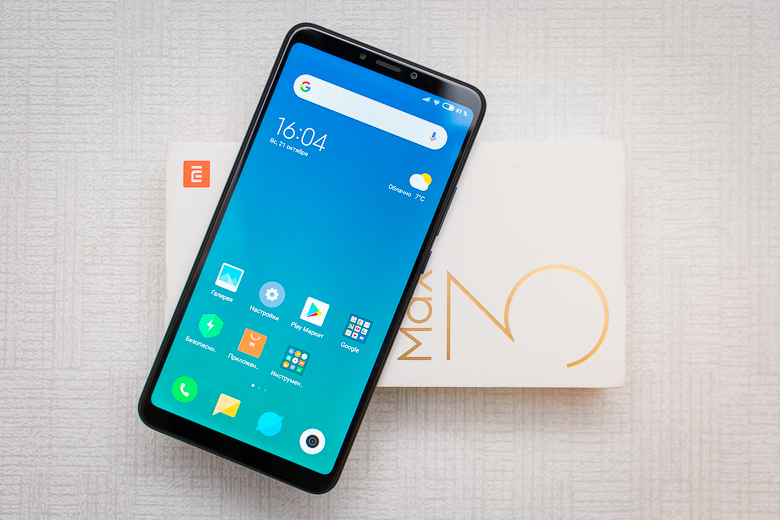
Xiaomi Mi Max 3 comes in a simple cardboard box. There is a Global Version label on the side.
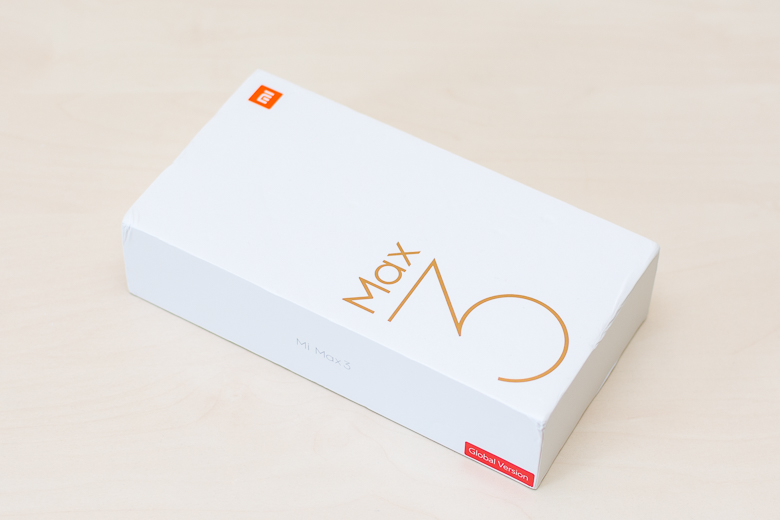
The main difference between the global version and the Chinese version is the support of all the major European frequencies for mobile communications, including the Russian ones. Less important differences ... the smartphone already pre-installed the international version of MIUI with localization in many languages, including Russian, with Google services, etc. All the inscriptions on the box, technical stickers, in the instructions are in English. Includes power supply (charger) with a European plug. The global version is only available in black, and the Chinese in three colors.
On the bottom side is a sticker with technical information.
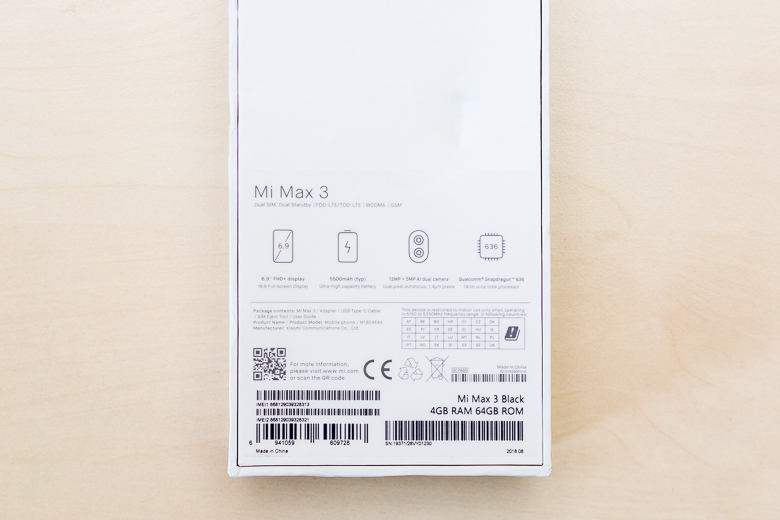
Inside: smartphone, power adapter, USB A <> USB Type-C cable (1 meter), SIM tray eject tool, user manual. Included is no silicone case, which often Xiaomi completes their smartphones.

Complete power supply company MDY-08-EI with a European plug. Outwardly, it is no different from MDY-08-EO, which comes bundled with most Xiaomi smartphones. But EI supports Qualcomm Quick Charge 3.0 and a maximum power of 18 watts.

The smartphone itself, with the habit seems huge. Photos do not convey a real perception of size, but, for example, a comparison with Xiaomi Redmi Note 5 (5.99 "):
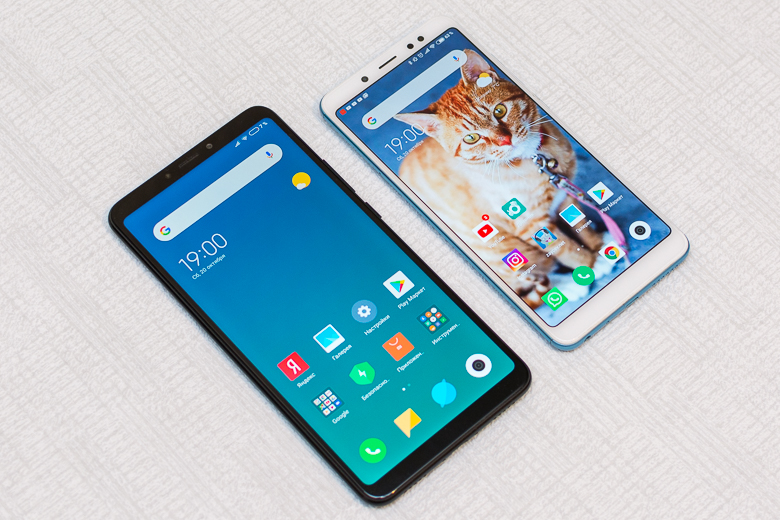
The body of the smartphone is made of a single piece of aluminum with grooves for antennas (the design of the main part of the body is completely identical to the Xiaomi Mi A2 / 6X). The front of the smartphone covers the glass with beveled edges. The frames on the left and right of the screen (to the edge of the smartphone) are about 4 mm wide. Above the screen: light and proximity sensor (dual), single-color LED indicator (white), earpiece, front camera eye. Control buttons (Home, Back, Recent programs) no.

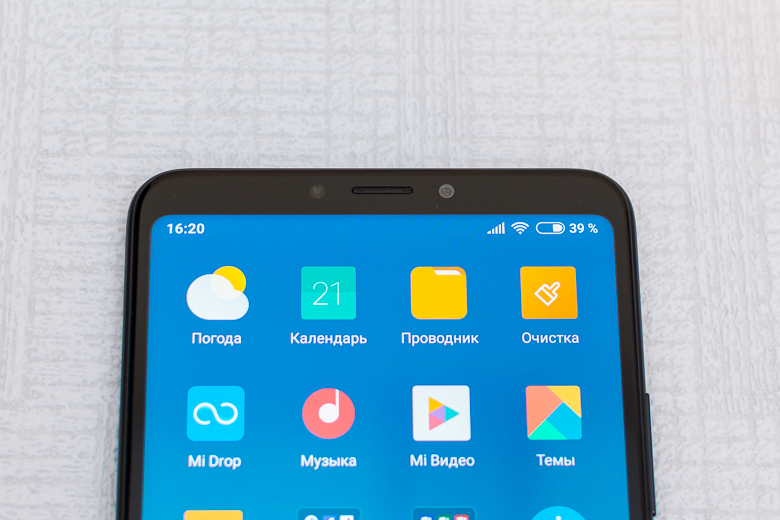
At the bottom there are: speaker grille, USB Type-C port, grille, under which the microphone is hidden. There is only one speaker from below, but the speaker from above can act as an additional speaker, i.e. A smartphone can “produce” stereo.
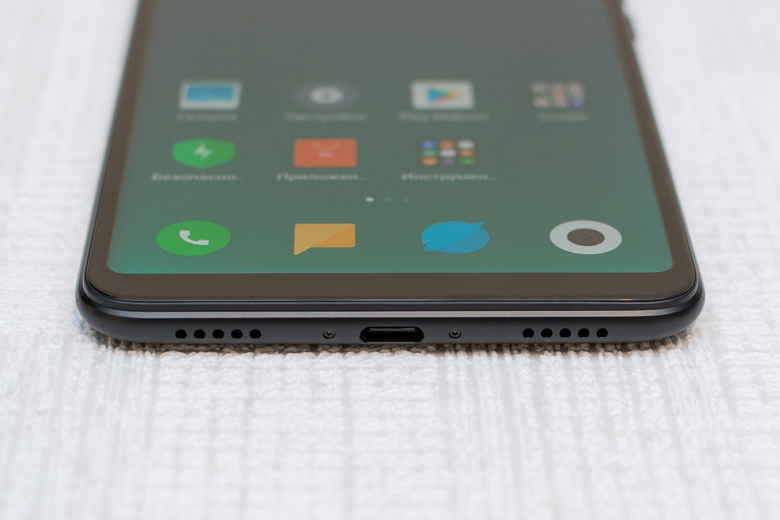
At the top there are: a mini headset / headphone jack, another microphone and an IR transmitter window. The smartphone does not lie smoothly, with an inclination, because The main camera lens bulges out.
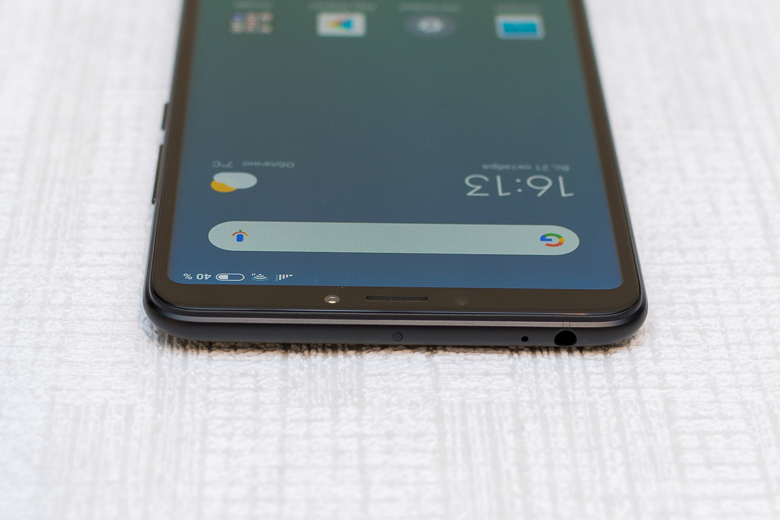
On the right side are the aluminum power button and volume rocker. Sit tight. Clicks with a click.
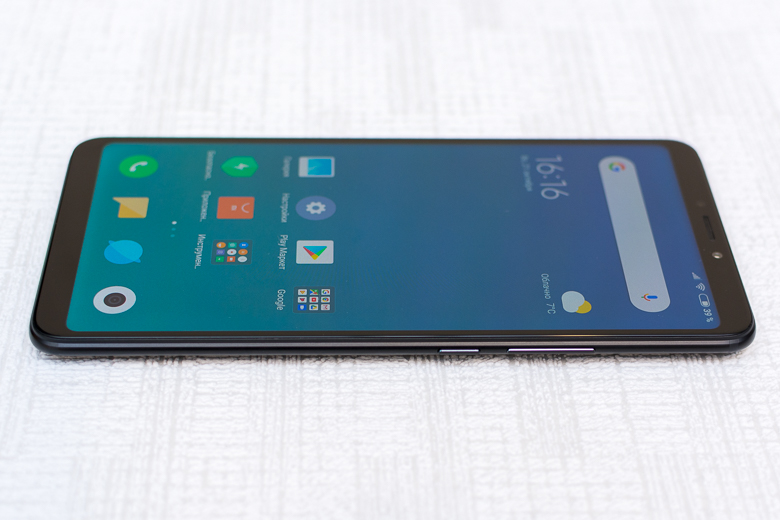
Left tray for installing SIM-cards and memory cards. You can install two SIM cards (nano) or one SIM card and microSD memory card into it.

The back of the smartphone is made of aluminum with a matte finish. Above and below there are grooves in which antennas are installed. On the back is a fingerprint sensor and a lens of two cameras with a flash. There is a Mi logo, the model is M1804E4A. Fingerprints on the back cover almost no remains.
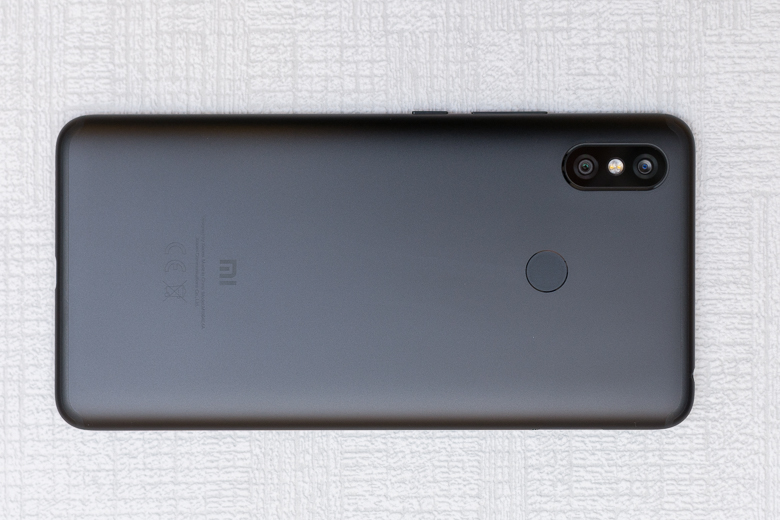
The camera lens is bulging.
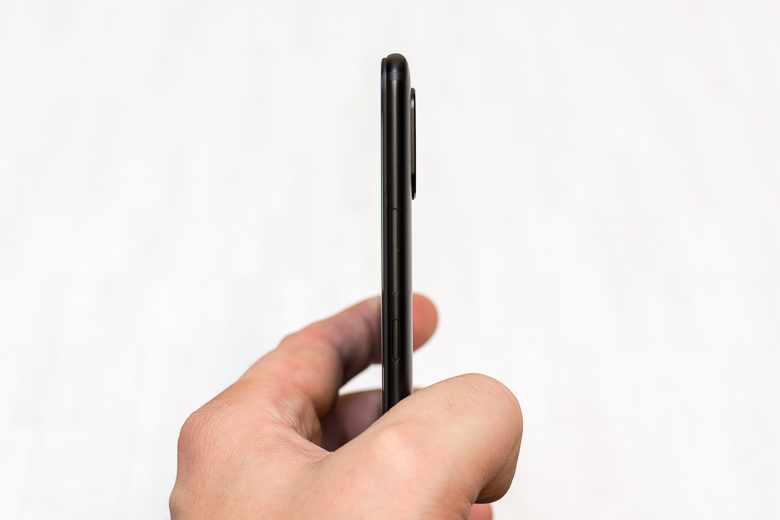
The smartphone is thin and light. Measured dimensions 176 x 87.2 (excluding the power button and volume control) x 7.9 (excluding the camera lens) mm. Weight about 219 grams.
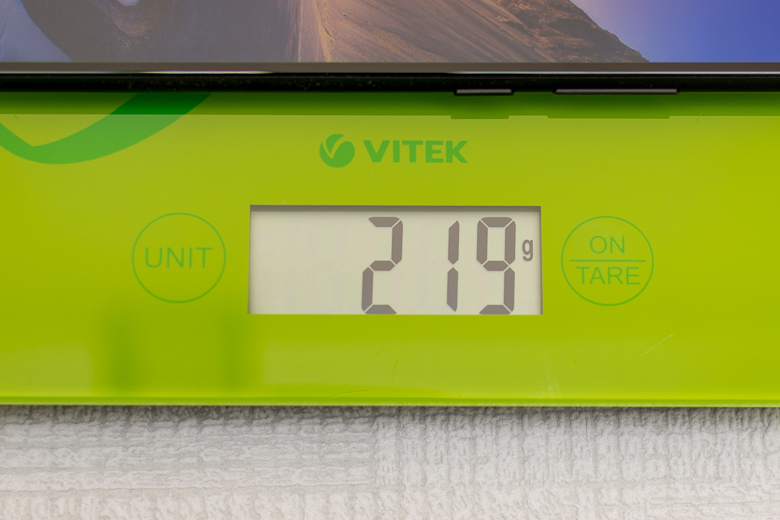
The smartphone looks simple, like most Xiaomi smartphones. The assembly and materials do not cry out. Nothing backlash, no creaks. In the hands it feels like an expensive premium product. It takes some time to get used to the size. However, many actions that you previously could perform with one hand, now you will perform only two (at least, you will hold the smartphone with the other hand).
Xiaomi Mi Max 3 comes with Android 8.1 system and MIUI 9 shell. Just a few days ago, an update to MIUI 10 became available. MIUI 10 is also based on Android 8.1. Basically, all the tests in the review I did in MIUI 10 (reworked again after the update was released), but there are a couple that I did in MIUI 9.
There is no particular point in describing MIUI 10 in detail. Neat design, nice interface animation, smooth operation. Localization in Russian is approaching 100%. The system contains certified servisis Google Play. There is some pre-installed spam in the user section (for example, from Microsoft and Yandex). Spam is easy to remove, and install it yourself from Google Play. There is an own application store where you can download many popular free programs and games without the need to connect to Google Play. I have not yet seen the advertisement (or, as Xiaomi calls it, “recommendations”) in the system. After the recent noise, Xiaomi lurked.
There is no root support in the system.
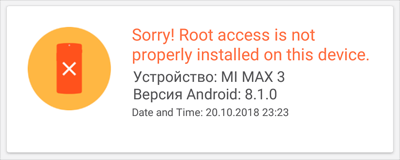
The display size is 6.9 inches. Safety glass is not stated, and this is a very disturbing sign. If the glass is scratched the same way it does with Redmi smartphones, it will be sad. The glass itself with bevelled edges (the so-called 2.5D).

The corners of the display are neatly rounded.
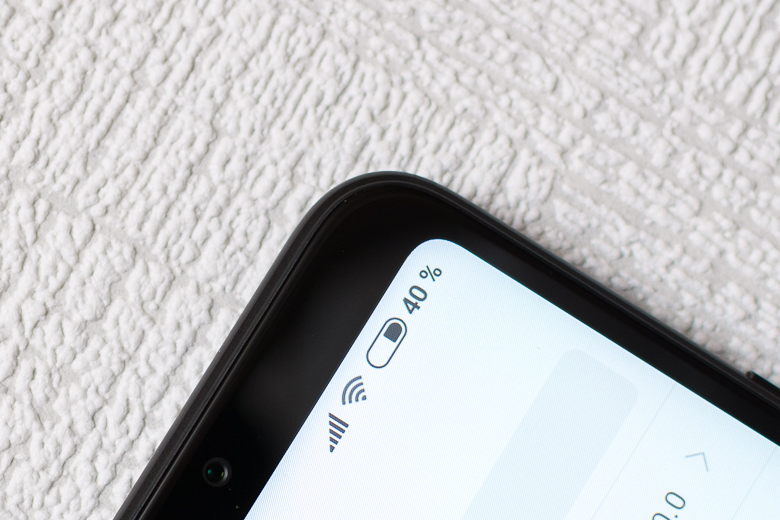
Matrix type - IPS. The resolution is 2160x1080. The pixel structure is typical for IPS matrices.
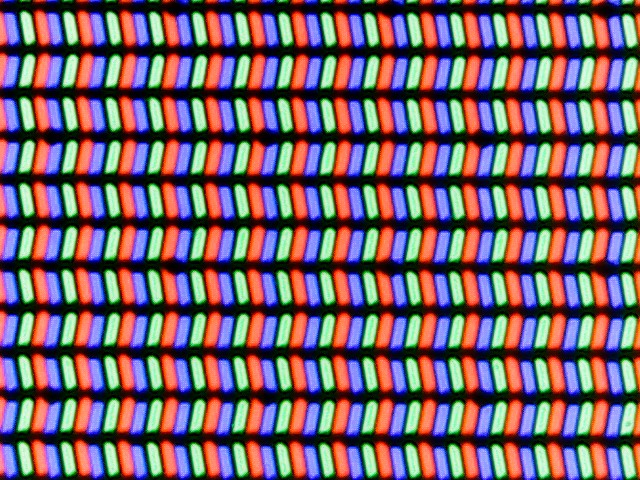
Oleophobic coating is not very effective. Prints remain in large numbers, but are easily removed in a couple of passes with a cloth. The finger slides on the glass with comfort. The sensor fulfills 10 simultaneous touches.
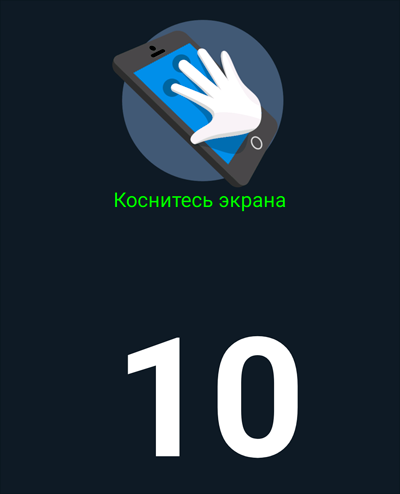
Awakening with double touch is supported. In the settings you can change the color temperature and contrast.
Adaptive brightness adjustment works adequately in the dark and in bright light. The brightness margin of the display is good. In addition to adaptive brightness control, adaptive contrast adjustment is supported (can be turned off). There were no problems with the use of a smartphone with a bright backlight.
You can turn off the lower navigation bar and use gestures to call the Back, Home and Recent programs function. Gestures appeared in MIUI 9. Such gestures work clearly, and it is incredibly convenient. The comfort of using the device increases significantly.
Viewing angles are excellent. Only a slight decrease in overall brightness. Color temperature, tint and black level change slightly.

Overall, the screen is excellent. Confused only by the fact that the protective glass is not stated, and a weak oleophobic coating.
The smartphone contains all the declared sensors: light sensor, proximity sensor, gravity sensor, digital compass, gyroscope, magnetometer, accelerometer, pedometer.
Fingerprint sensor works instantly. The accuracy of operation is high, as on top smartphones. The system allows you to create multiple prints of one finger, if necessary, to increase accuracy.

Officially, three location systems are supported - GPS, GLONASS and BeiDou. But the smartphone still saw the satellites of the Japanese QZSS location system. No complaints about the work for the entire time of testing was not. Location has always been determined quickly and clearly.

Xiaomi Mi Max 3 supports dual nanoSIM cards. The global version supports all Russian GSM, WCDMA, LTE bands.
The radio module is one, but both cards can simultaneously work in 4G. VoLTE can work on both cards (if operators support it). I did the tests when the MIUI 9 system was installed on the smartphone.
I tested the work of Megaphone and Tele2. In Moscow and the Moscow region, there were no problems with these operators. Data transmission 4G for both operators and voice communication 3G / 2G worked without complaints. In the courtyard, the speed of both operators was acceptable (Megafon in general is extremely high). YouTube, HD VideoBox, video chats, etc. worked without any complaints.
Voice quality without any complaints. There is a volume of voice speaker. The interlocutors heard me well, even in noisy places, I did them too. The volume of the speakerphone speaker is also good. The vibromotor is powerful. In the settings you can select the level of the vibration motor.
The Wi-Fi module supports 802.11a / b / g / n / ac, 2.4 GHz / 5 GHz, MIMO 2x2. As with many other Xiaomi smartphones, in the 2.4 GHz mode, only the channel width of 20 MHz is used. Because of this, the speed is significantly limited. At 3 meters from the base station (Xiaomi Mi Router 3G), through a single reinforced concrete wall, the smartphone demonstrated an almost maximum speed of 2.4 GHz with a channel width of 20 MHz. But in the 5 GHz network the speed was already high with full use of MIMO 2x2. This is a smartphone, so there is not much point in using iperf, simply Speedtest.
Sound in wired headphones without any complaints. I'm not a music lover, for me he is just ordinary. Headphone volume is low, so in noisy places (for example, in the subway) it may not be enough. The system has pre-configured headphone profiles and a sound equalizer.
External speaker is excellent. With a large volume reserve, there is no barrel effect. At maximum volume, the speaker itself does not rattle. The conversational speaker at the top of the smartphone serves as a partner for stereo output. It is small, high frequencies prevail, not everyone can like it. If necessary, it can be disabled.
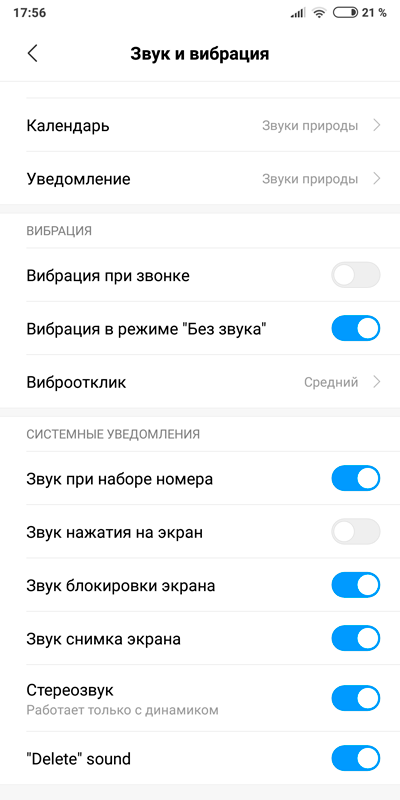
There is FM radio. Headphones act as an antenna.
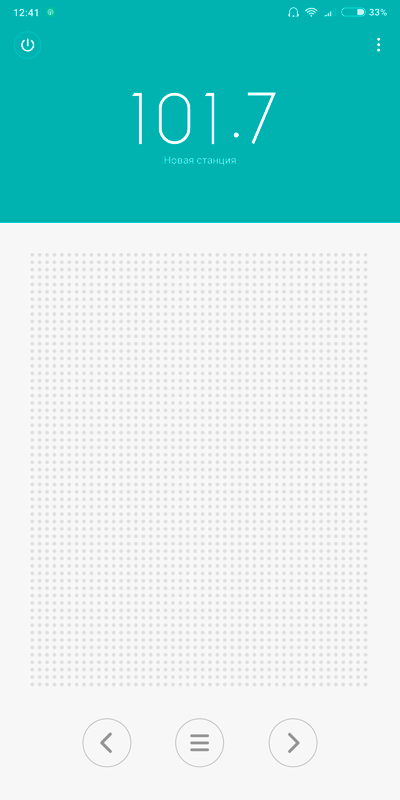
MIUI 10 for Mi Max 3 introduces support for aptX and aptX HD. Now the codec used is displayed in the list of connected Bluetooth devices. And in the menu “For Developers” it is now displayed that the aptX codec is used (there was always SBC before) For example, here are Xiaomi headphones with aptX support:
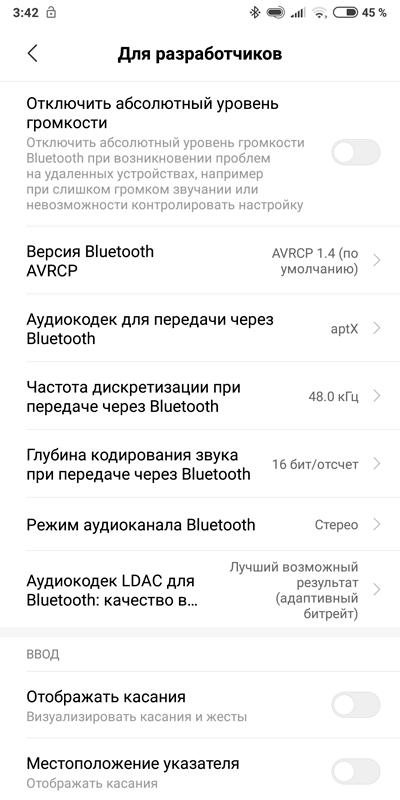
In my copy, the main modules from Nitrogen with Samsung S5K2I7 sensors (12 Mp, f / 1.9) and S5K5E8 (5 Mp, f / 2.0) are installed. The second module is intended only to create a blur effect. The front camera uses a module from Nitrogen with a Samsung S5K4H7 sensor (8 megapixel, f / 2.0).
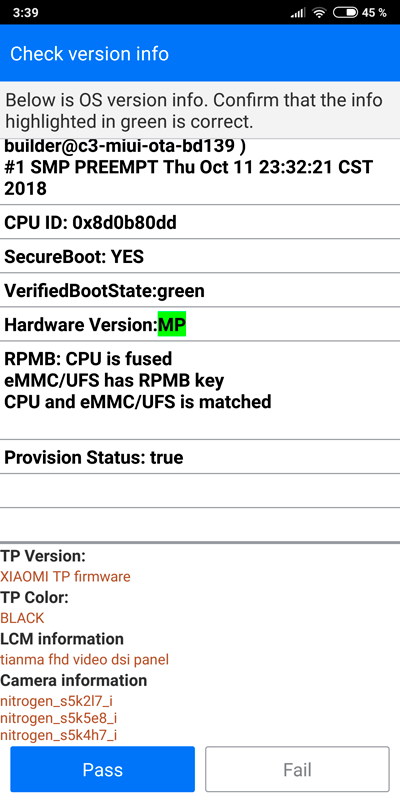
The camera interface is standard for Xiaomi smartphones.
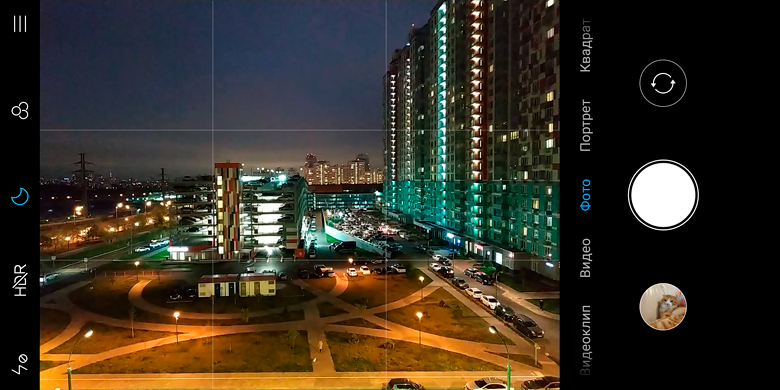
There is no Camera2 API support in the system.
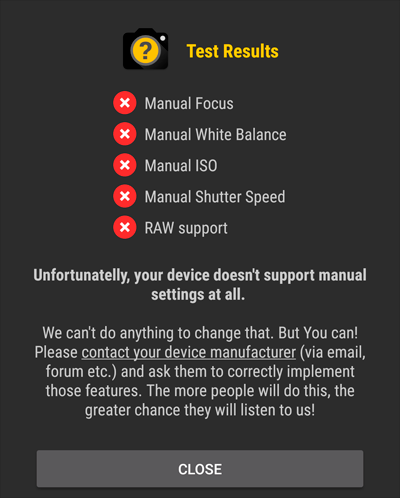
In the regular program there is an excellent and full-fledged manual mode. You can adjust the ISO (there is an Auto mode), you can adjust the shutter speed (there is an Auto mode). You can control the focus, while supporting Focus peaking.
All images and videos from the review in the original quality, you can download the link .
All pictures were taken in Auto (AI) mode - automatic scene detection, etc. The HDR mode on Xiaomi smartphones is very neat, so it is recommended to always keep it in Auto.
Day
Snapshots during the day are excellent. The colors are natural. There are no blur zones. Dynamic range is good (for a smartphone). Exposure is sometimes slightly underestimated. Focusing is instant and always accurate. Detailing pictures is good, including long-range plans, but you can see the work of noise.
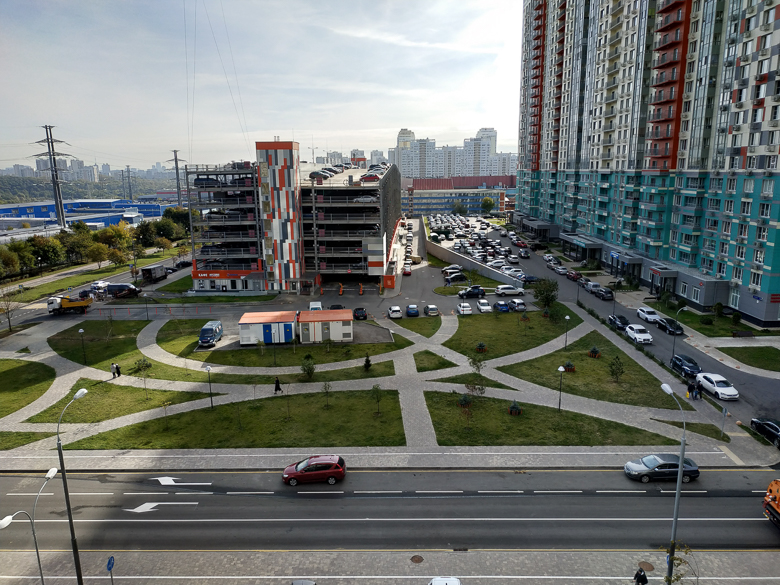





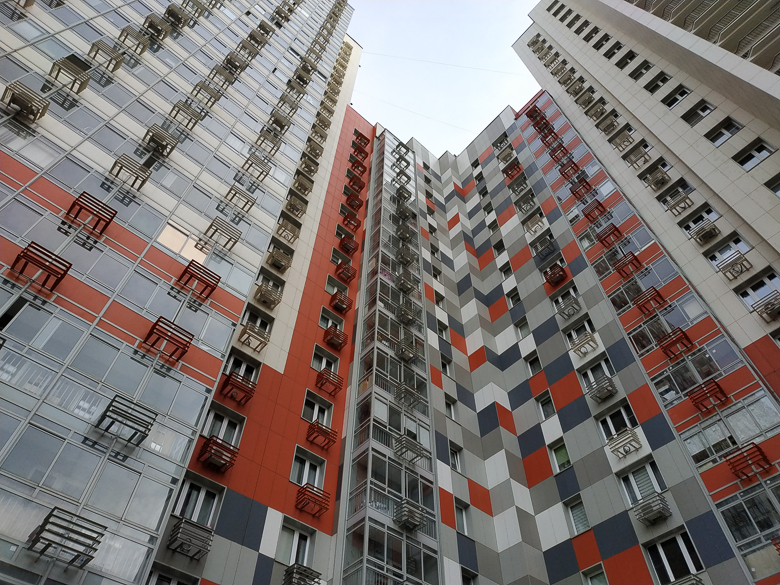
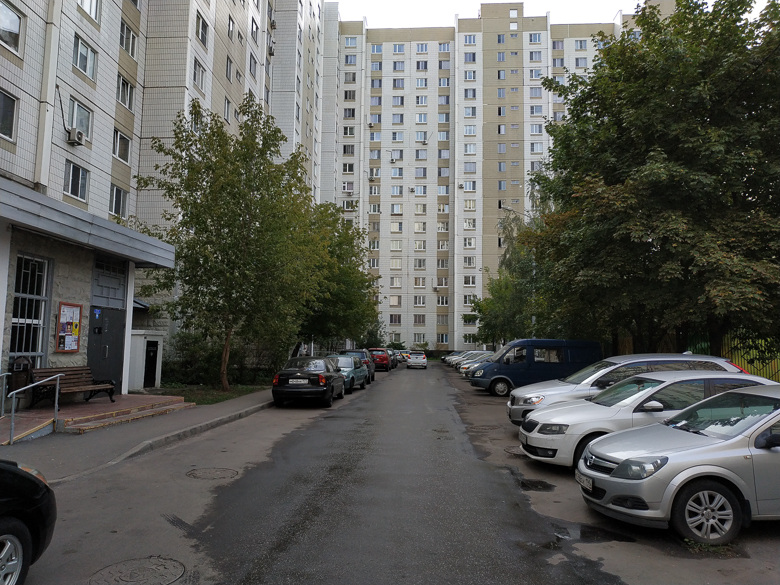
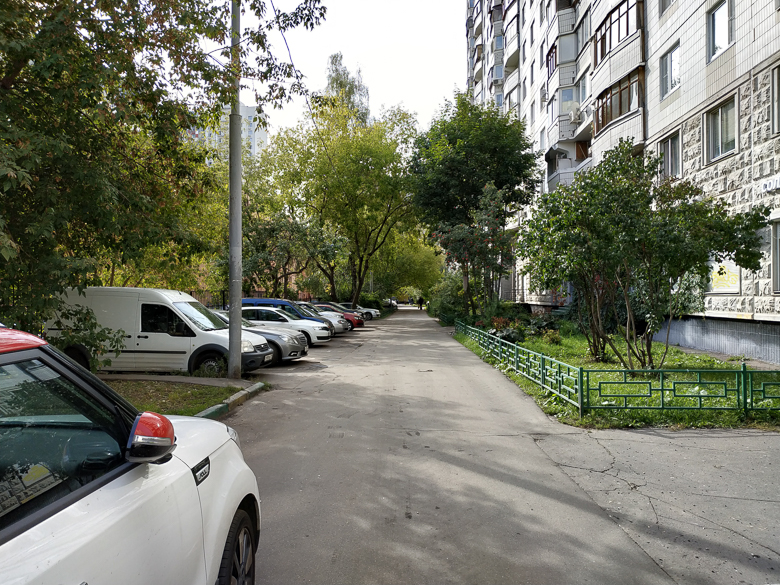
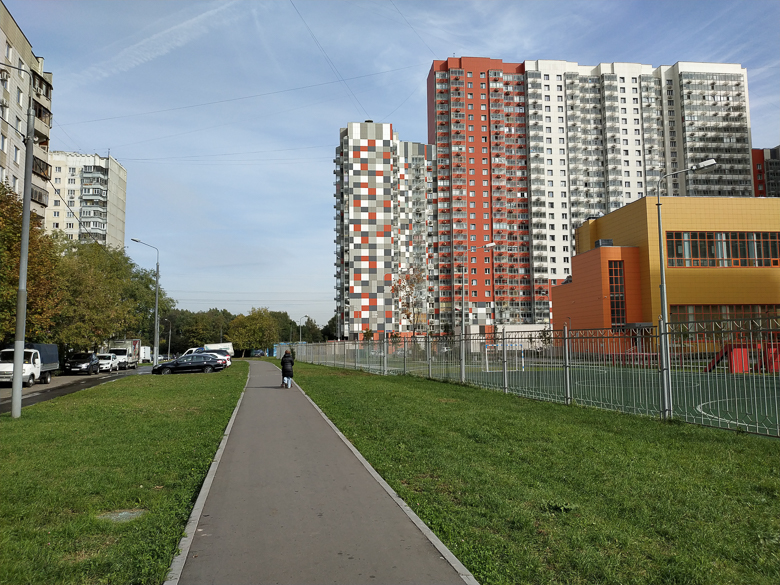
Artificial lighting
Cope with shooting under artificial light well. Focus does not make mistakes, small details are saved. To avoid blurring, you can use the manual mode with a suitable shutter speed.
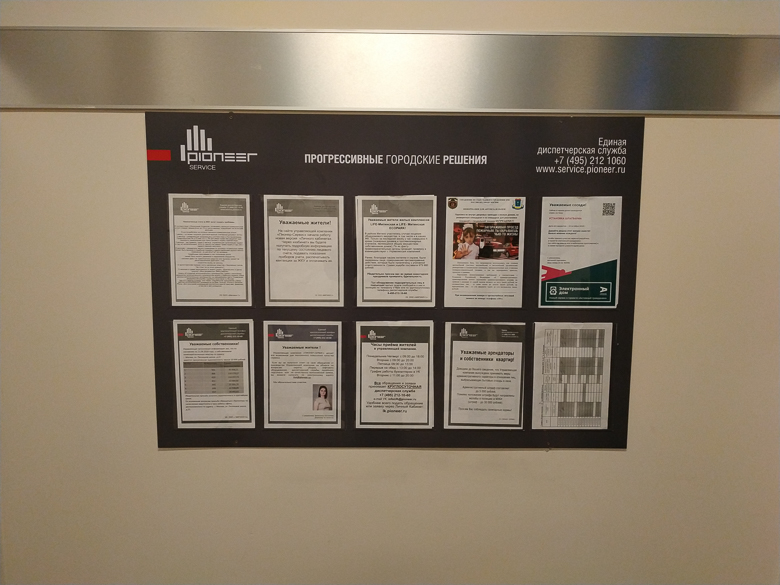

Macro
C macro shoots well. Focusing is not wrong.

Night
Night shots are not very good. Until Google Camera falls short. But to use this program, you need to activate the Camera2 API.
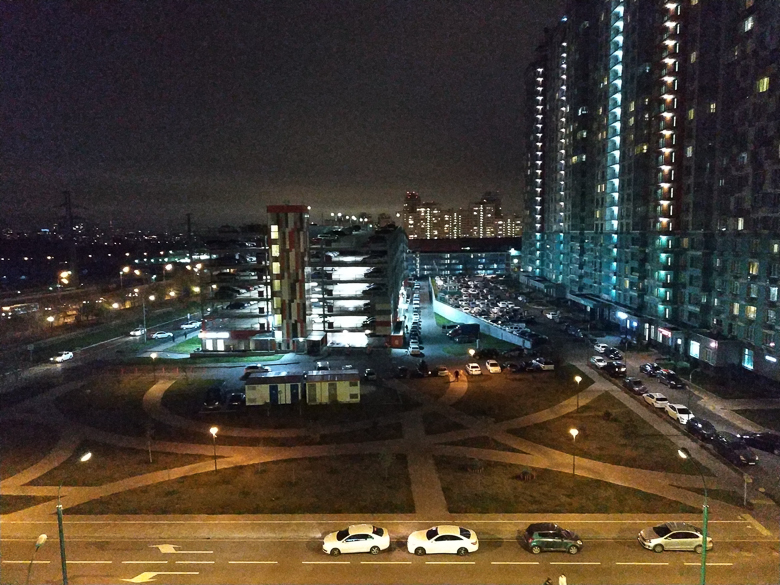

Blurring the background (portrait mode)
Unfortunately, during the shooting of one of the friends at hand was not. And the passing girls said that I didn’t have an iPhone, and I’m too old for them. I had to do with the tree and the sign. The algorithm for determining the contours of the object works quite accurately on all current smartphones Xiaomi, but not without errors.


Front camera
By default, the front camera has an enhancement mode enabled that removes skin blemishes — acne, wrinkles, eye bags. If necessary, it can be disabled.

Video
Video recording can be carried out with the maximum modes 1080p30, 1080p60, 2160p30. For the front camera 1080p30. Supported software (electronic) stabilization. For mode 2160p30, you can choose the electronic stabilization, but it does not work. The frame rate is constant and does not fall in poor light. The video is encoded by the H.264 codec. Even for 2160p30, H.265 is not used, although SoC knows how. The bit rate for 1080p30 is 20 Mbps, for 1080p60 - 20 Mbps, for 2160p30 - 40 Mbps. The quality of shooting 2160p30 and day and night is great. The detail is high, the exposure changes smoothly. With sound, everything is fine, "gurgling" (which are not found on some Xiaomi smartphones) is not.
Video Stabilization (1080p30, 1080p60 and 2160p30)
Video of the day (1080p30, 1080p60 and 2160p30)
Video at night (2160p30)
In general, the implementation of the cameras is excellent.
The capabilities of the regular video player Mi Video are very scarce, so I will not use it for tests. For verification, I used MX Player in HW + mode (MediaCodec). In MediaCodec, Xiaomi Mi Max 3 does not have support for the AC3 decoder, therefore, the ability to decode Dolby Digital soundtracks completely depends on the player used. MX Player supports AC3 software decoder. All key video decoders in MediaCodec are present. There is support for H.265 Main 10.
Affordable video from different sources HD VideoBox played without problems. But because of the large screen size, the low quality of the “punch” 720p becomes clearly visible, you should try to choose 1080p options.
Video 1080p (BDRip, H.264 / H.265, AC3) with the NAS was played without problems. With 1080p60 and 1080p50 H.264 and HEVC, there were also no problems. No complaints about uniformity.
YouTube has support for 1080p60 and 1080p50, and there are no complaints about playback and evenness. The zoom function works (filling without changing proportions with clipping) specifically for new 18: 9 smartphones (and not only).
In the new system, the user has about 47 GB of internal memory.
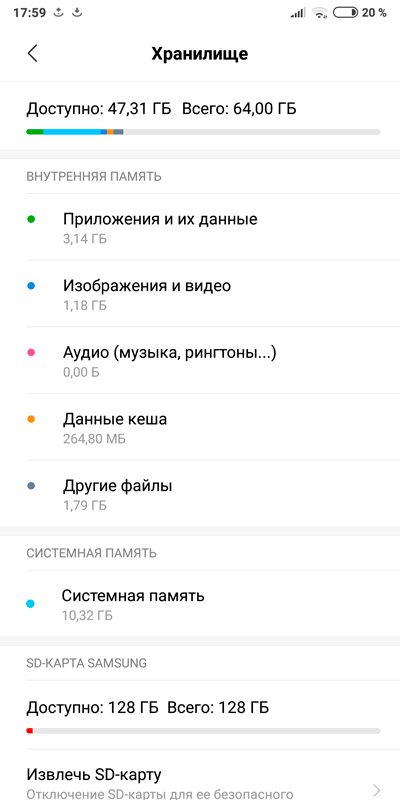
The speed of internal memory, both linear and random access, is at a very high level.
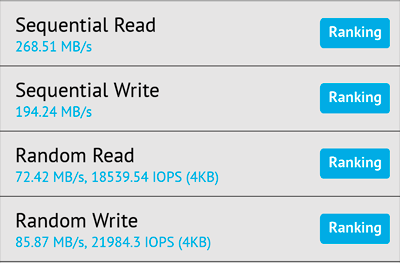
I checked the work of the card Samsung EVO Plus 128 GB - was determined by the device without problems. The speed of her work was significantly lower than her real capabilities. This is a limitation of the SD controller in Snapdragon 636.
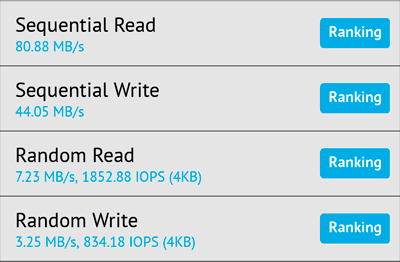
Support for microSD file systems and USB flash drives via OTG.
The speed of copying files (one file of 3 GB in size) from a smartphone to a computer and from a computer to a smartphone when connected via USB (MTP protocol).
Speed rests on only one bottleneck - USB 2.0 interface.
The smartphone has a fresh SoC Qualcomm Snapdragon 636, 4 Kryo 260 HP up to 1.8 GHz and 4 Kryo 260 LP up to 1.6 GHz, the Qualcomm Adreno 509 GPU.
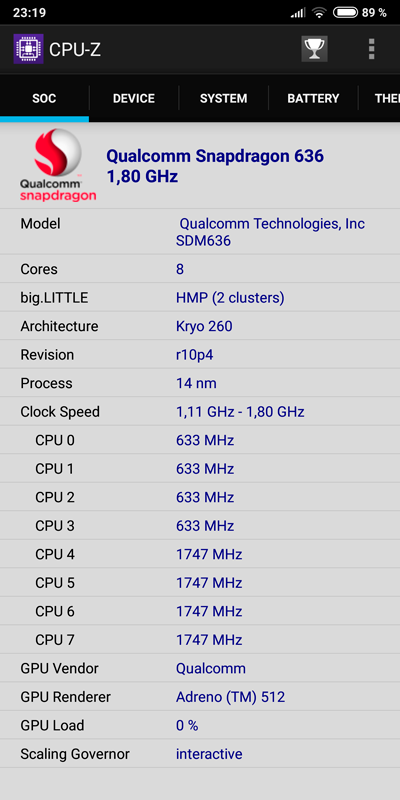
The system and programs run quickly and smoothly.
With a maximum load of all CPU cores, the smartphone is able to work for about 3 minutes without throttling, ensuring maximum performance. Then the temperature of the nuclei reaches the threshold value and throttling begins. Performance drops by 15-20%. This lasts about 11 minutes. Then throttling increases, performance drops even more. In this case, the overall level of performance is still maintained at a high level. The back metal part of the smartphone at the same time heats up to 40 ° C at the very top.
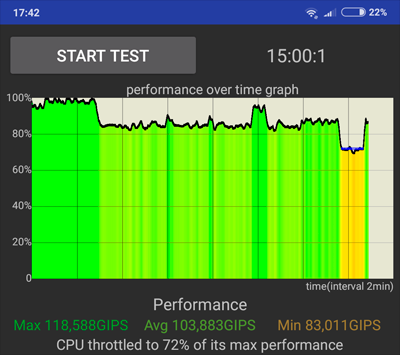
For clarity, I will present data on the performance of Xiaomi Redmi Note 4X (Qualcomm Snapdragon 625, 3/32) and Xiaomi Mi A2 (Qualcomm Snapdragon 660, 4/64).
AnTuTu, Geekbench, Google Octane, Mozilla Kraken
3DMark, GFXBenchmark
Games
Used only visual assessment. If you can see that the game gives the limit of 30 fps, then the work of the game on the smartphone was considered ideal.
The smartphone is equipped with a regular memory with Quick Charge 3.0, the maximum power of 18 watts.

The specifications of the smartphone support QC 3.0 stated. When QC is used, the corresponding icon is displayed.

Discharge the smartphone completely and connect the staff memory through the EBD-USB tester. The smartphone starts to consume up to 18 W - this is a limitation in the logic of the charge controller, the voltage is slightly more than 6 V. The current gradually decreases. This lasts about 1 hour and 30 minutes (stage CC). During this time, the smartphone battery is charging somewhere up to 85%. Then the charge controller goes into CV mode. After 45 minutes, the smartphone reports 100% (2 hours and 15 minutes), but in reality, charging continues. Full charge time is 2 hours 49 minutes.
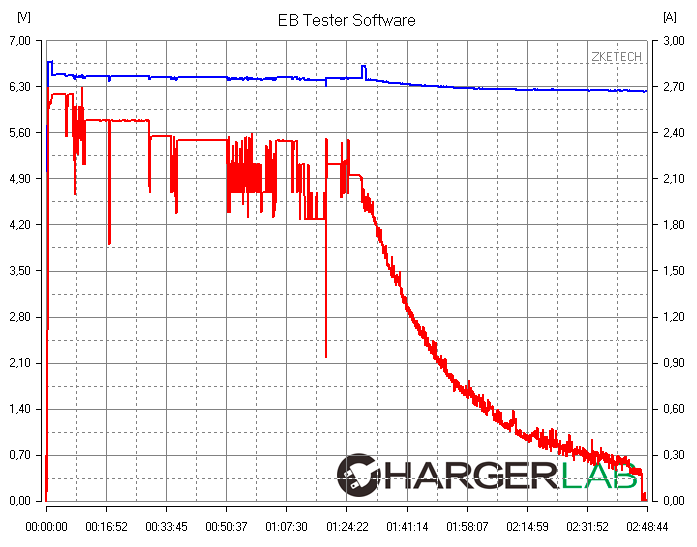
During charging, the smartphone heats up slightly.
But that is not all. The smartphone supports USB Power Delivery. This support is not officially announced. You can use the power supply from your Power Delivery laptop for fast charging. Mi Max 3 uses a profile with a voltage of 9 V. The maximum power is limited to 18 watts.

The smartphone uses a non-removable battery with a capacity of 5500 mAh.
We will evaluate the work time by the following methods:
Xiaomi Mi Max 3 demonstrates just great battery life. Everyone has their own scenario of using a smartphone. I had one full charge of the smartphone for three full days.
Because of its large size, the Xiaomi Mi Max 3 smartphone will suit only a small number of people who clearly know that they need a smartphone with a large screen. But it is really good - a huge and high-quality display (with a small weight), high performance, long battery life, a modern system and a good camera. The disadvantages include the lack of NFC and a weak oleophobic coating of the screen.
The global version of the smartphone Xiaomi Mi Max 3 can be purchased at the Gearbest store for $ 269.99 (with a coupon GBRUMAX1019 ).
Until recently, I looked at the Xiaomi Mi Max series with caution. But after three weeks of using a monster with a screen of 6.9 inches, Xiaomi Mi Max 3, you don’t feel like returning to smartphones with a smaller screen ...

Content
- Specifications
- Equipment
- Appearance and usability
- Software
- Screen
- Sensors
- Positioning
- Telephone and communications
- Sound
- Cameras
- Video playback
- Internal USB OTG
- Performance
- Charging
- Battery life
- Conclusion
Specifications
| Model | Xiaomi Mi Max 3 Global Version |
| Body materials | Aluminum |
| SoC | Qualcomm Snapdragon 636 8 Kryo 260 cores up to 1.8 GHz |
| GPU | Qualcomm Adreno 509 |
| Ram | 4 GB |
| Flash memory | 64 GB (eMMC) |
| MicroSD support | Yes |
| Display | 6.9 "IPS 2160x1080 (18: 9) |
| Main camera | 12 megapixel (f / 1.9) + 5 megapixel LED flash Video recording up to 1080p60 and 2160p30 |
| Front-camera | 8 MP (f / 2.0) Video recording up to 1080p30 |
| Mobile networks | FDD-LTE Category 13 LTE B1 / 3/4/5/7/8/20 TDD B34 / 38 / B39 / B40 / B41 WCDMA 850/900/1900/2100 MHz GSM 850/900/1800/1900 MHz |
| SIM | Two nanoSIM (nanoSIM + nanoSIM / microSD) Radio module one |
| NFC support | Not |
| Wi-Fi | 802.11a / b / g / n / ac (2.4 GHz / 5 GHz, MIMO 2x2) |
| Bluetooth | Bluetooth 5.0 |
| USB | USB Type-C (USB 2.0) |
| Audio output | Mini jack |
| Positioning | GPS, GLONASS, Beidou |
| Fingerprint sensor | Yes |
| Sensors | Light sensor, proximity sensor, gravity sensor, digital compass, gyroscope, Hall sensor, accelerometer, pedometer |
| Battery | 5500 mAh (non-removable) |
| OS | Android 8.1 (MIUI 10 shell) |
| Charger | 18 W, QC 3.0 |
| Colour | The black |
| Size and weight | 176.15 × 87.4 × 7.99 mm, 221 g |
Equipment
Xiaomi Mi Max 3 comes in a simple cardboard box. There is a Global Version label on the side.

The main difference between the global version and the Chinese version is the support of all the major European frequencies for mobile communications, including the Russian ones. Less important differences ... the smartphone already pre-installed the international version of MIUI with localization in many languages, including Russian, with Google services, etc. All the inscriptions on the box, technical stickers, in the instructions are in English. Includes power supply (charger) with a European plug. The global version is only available in black, and the Chinese in three colors.
On the bottom side is a sticker with technical information.

Inside: smartphone, power adapter, USB A <> USB Type-C cable (1 meter), SIM tray eject tool, user manual. Included is no silicone case, which often Xiaomi completes their smartphones.

Appearance and usability
Complete power supply company MDY-08-EI with a European plug. Outwardly, it is no different from MDY-08-EO, which comes bundled with most Xiaomi smartphones. But EI supports Qualcomm Quick Charge 3.0 and a maximum power of 18 watts.

The smartphone itself, with the habit seems huge. Photos do not convey a real perception of size, but, for example, a comparison with Xiaomi Redmi Note 5 (5.99 "):

The body of the smartphone is made of a single piece of aluminum with grooves for antennas (the design of the main part of the body is completely identical to the Xiaomi Mi A2 / 6X). The front of the smartphone covers the glass with beveled edges. The frames on the left and right of the screen (to the edge of the smartphone) are about 4 mm wide. Above the screen: light and proximity sensor (dual), single-color LED indicator (white), earpiece, front camera eye. Control buttons (Home, Back, Recent programs) no.


At the bottom there are: speaker grille, USB Type-C port, grille, under which the microphone is hidden. There is only one speaker from below, but the speaker from above can act as an additional speaker, i.e. A smartphone can “produce” stereo.

At the top there are: a mini headset / headphone jack, another microphone and an IR transmitter window. The smartphone does not lie smoothly, with an inclination, because The main camera lens bulges out.

On the right side are the aluminum power button and volume rocker. Sit tight. Clicks with a click.

Left tray for installing SIM-cards and memory cards. You can install two SIM cards (nano) or one SIM card and microSD memory card into it.

The back of the smartphone is made of aluminum with a matte finish. Above and below there are grooves in which antennas are installed. On the back is a fingerprint sensor and a lens of two cameras with a flash. There is a Mi logo, the model is M1804E4A. Fingerprints on the back cover almost no remains.

The camera lens is bulging.

The smartphone is thin and light. Measured dimensions 176 x 87.2 (excluding the power button and volume control) x 7.9 (excluding the camera lens) mm. Weight about 219 grams.

The smartphone looks simple, like most Xiaomi smartphones. The assembly and materials do not cry out. Nothing backlash, no creaks. In the hands it feels like an expensive premium product. It takes some time to get used to the size. However, many actions that you previously could perform with one hand, now you will perform only two (at least, you will hold the smartphone with the other hand).
Software
Xiaomi Mi Max 3 comes with Android 8.1 system and MIUI 9 shell. Just a few days ago, an update to MIUI 10 became available. MIUI 10 is also based on Android 8.1. Basically, all the tests in the review I did in MIUI 10 (reworked again after the update was released), but there are a couple that I did in MIUI 9.
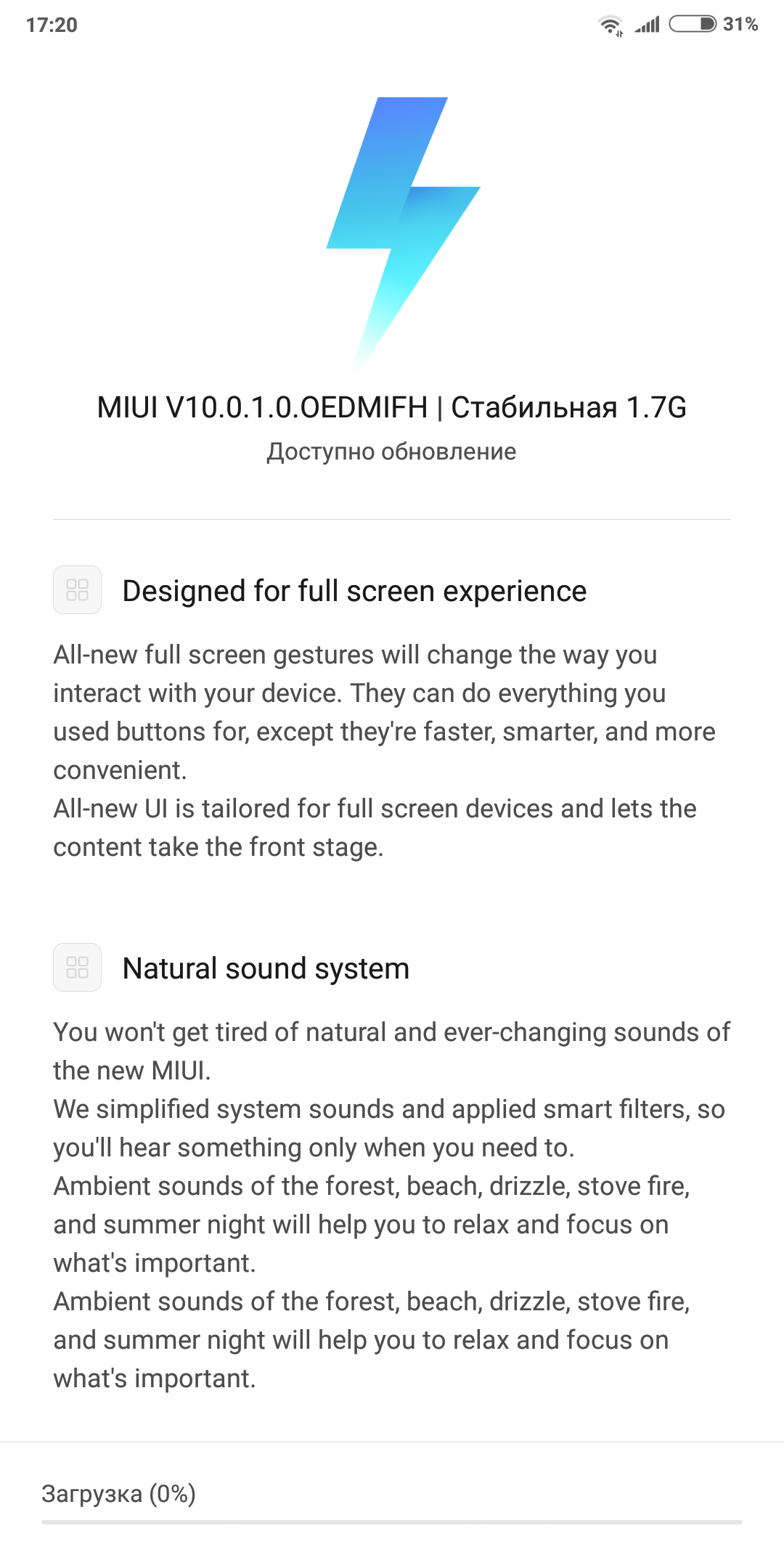 | 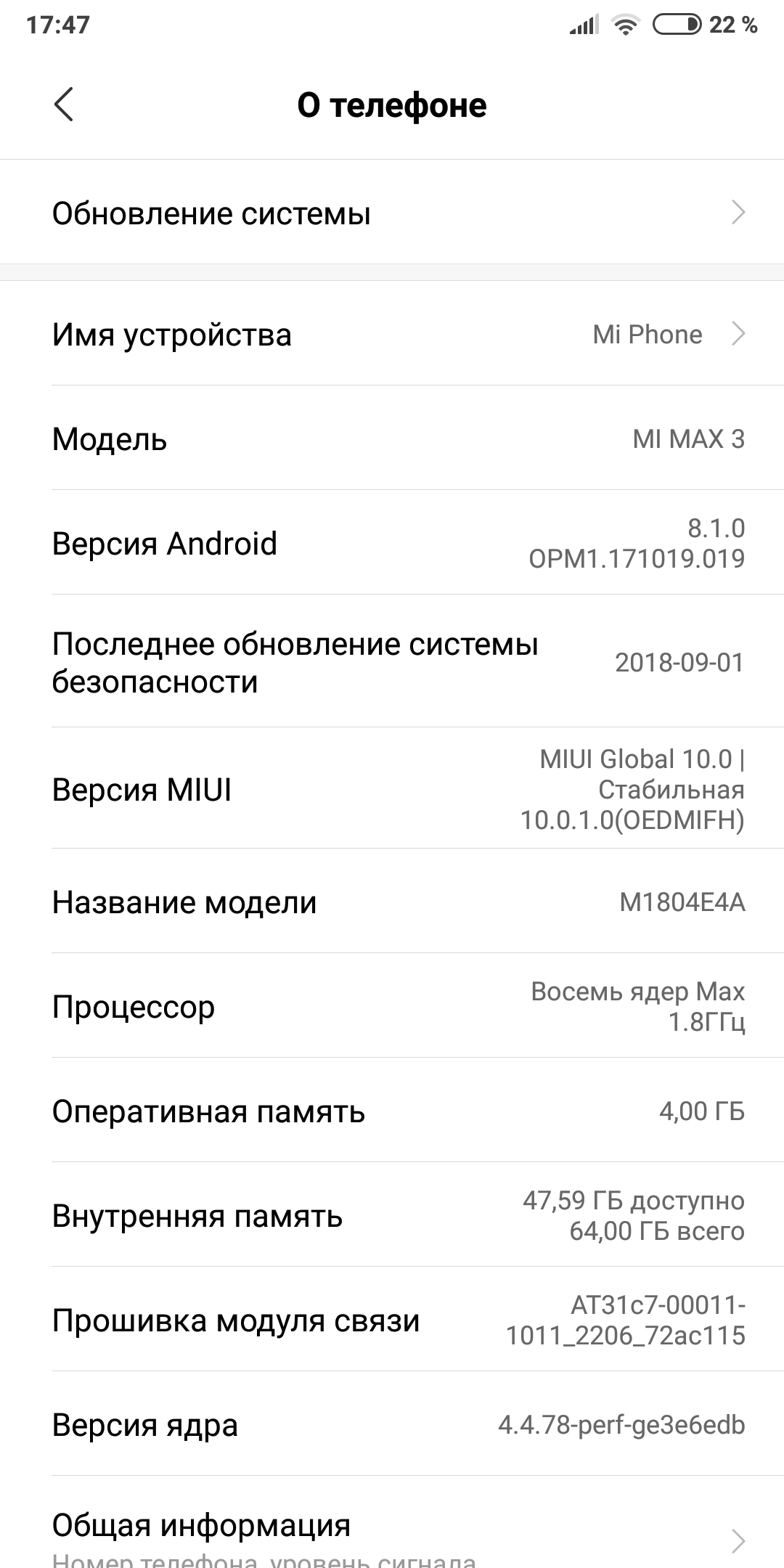 |
There is no particular point in describing MIUI 10 in detail. Neat design, nice interface animation, smooth operation. Localization in Russian is approaching 100%. The system contains certified servisis Google Play. There is some pre-installed spam in the user section (for example, from Microsoft and Yandex). Spam is easy to remove, and install it yourself from Google Play. There is an own application store where you can download many popular free programs and games without the need to connect to Google Play. I have not yet seen the advertisement (or, as Xiaomi calls it, “recommendations”) in the system. After the recent noise, Xiaomi lurked.
 |  | 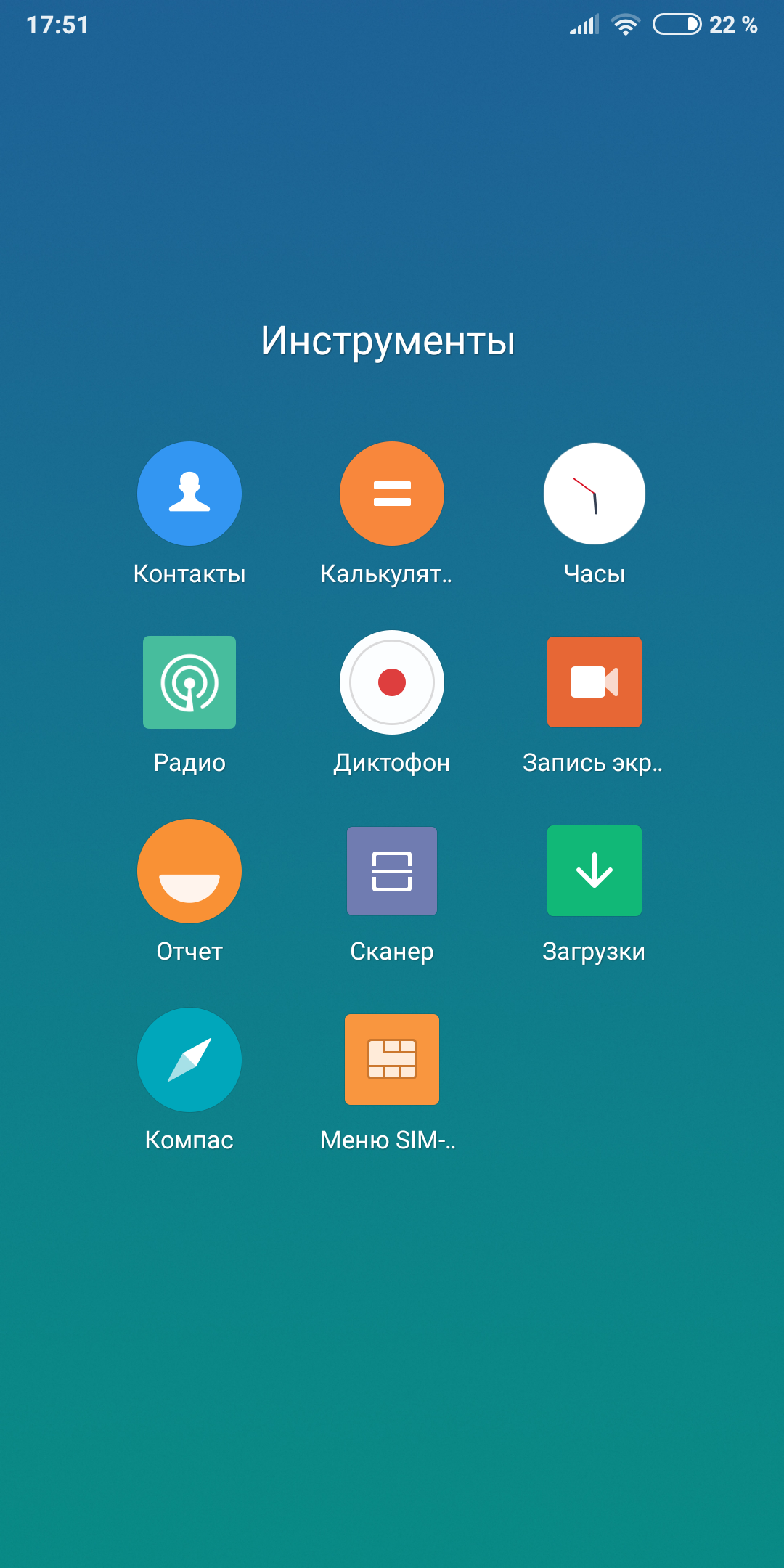 | 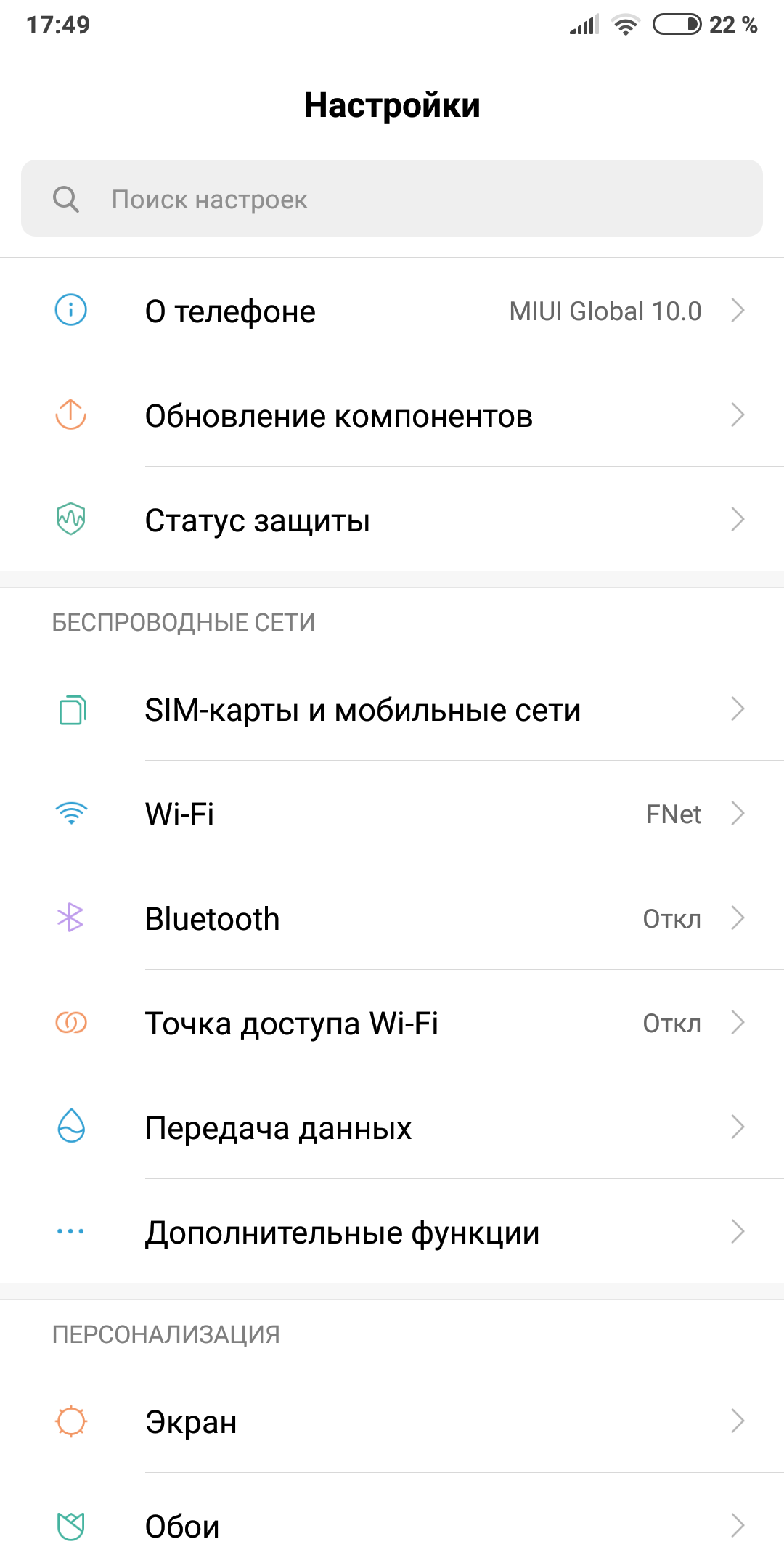 |
There is no root support in the system.

Screen
The display size is 6.9 inches. Safety glass is not stated, and this is a very disturbing sign. If the glass is scratched the same way it does with Redmi smartphones, it will be sad. The glass itself with bevelled edges (the so-called 2.5D).

The corners of the display are neatly rounded.

Matrix type - IPS. The resolution is 2160x1080. The pixel structure is typical for IPS matrices.

Oleophobic coating is not very effective. Prints remain in large numbers, but are easily removed in a couple of passes with a cloth. The finger slides on the glass with comfort. The sensor fulfills 10 simultaneous touches.

Awakening with double touch is supported. In the settings you can change the color temperature and contrast.
 | 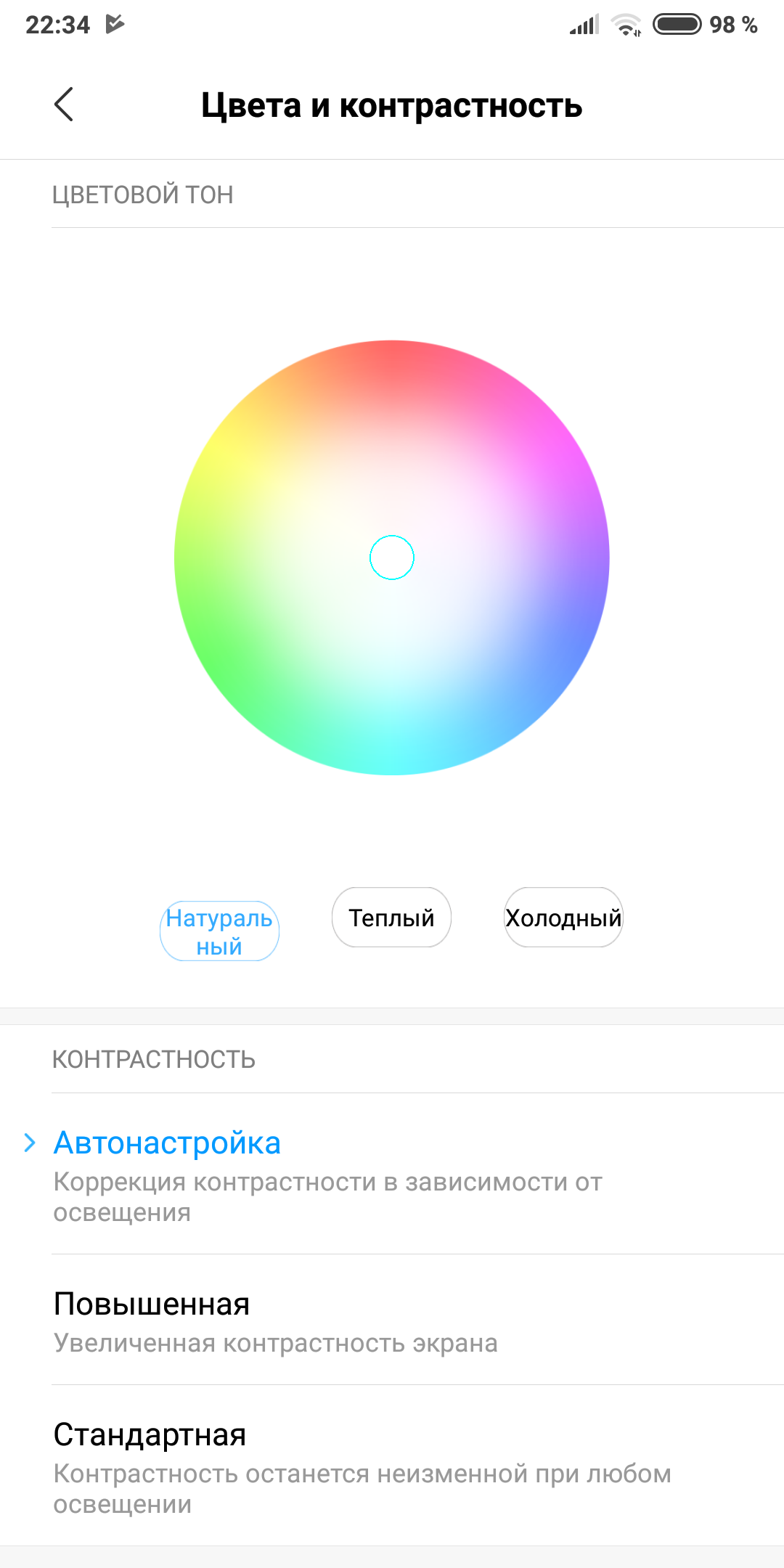 |
Adaptive brightness adjustment works adequately in the dark and in bright light. The brightness margin of the display is good. In addition to adaptive brightness control, adaptive contrast adjustment is supported (can be turned off). There were no problems with the use of a smartphone with a bright backlight.
You can turn off the lower navigation bar and use gestures to call the Back, Home and Recent programs function. Gestures appeared in MIUI 9. Such gestures work clearly, and it is incredibly convenient. The comfort of using the device increases significantly.
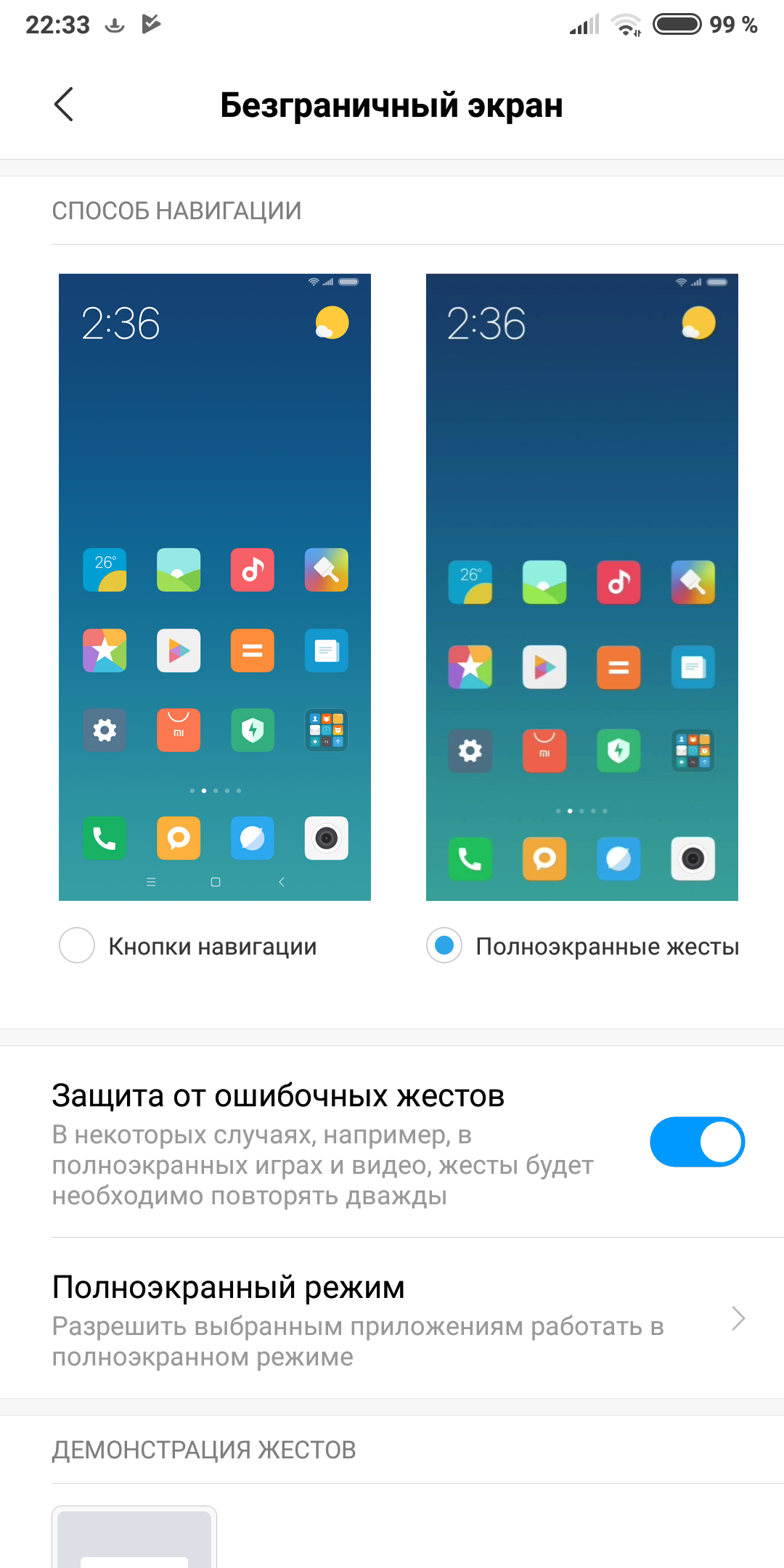 |  |
Viewing angles are excellent. Only a slight decrease in overall brightness. Color temperature, tint and black level change slightly.

Overall, the screen is excellent. Confused only by the fact that the protective glass is not stated, and a weak oleophobic coating.
Sensors
The smartphone contains all the declared sensors: light sensor, proximity sensor, gravity sensor, digital compass, gyroscope, magnetometer, accelerometer, pedometer.
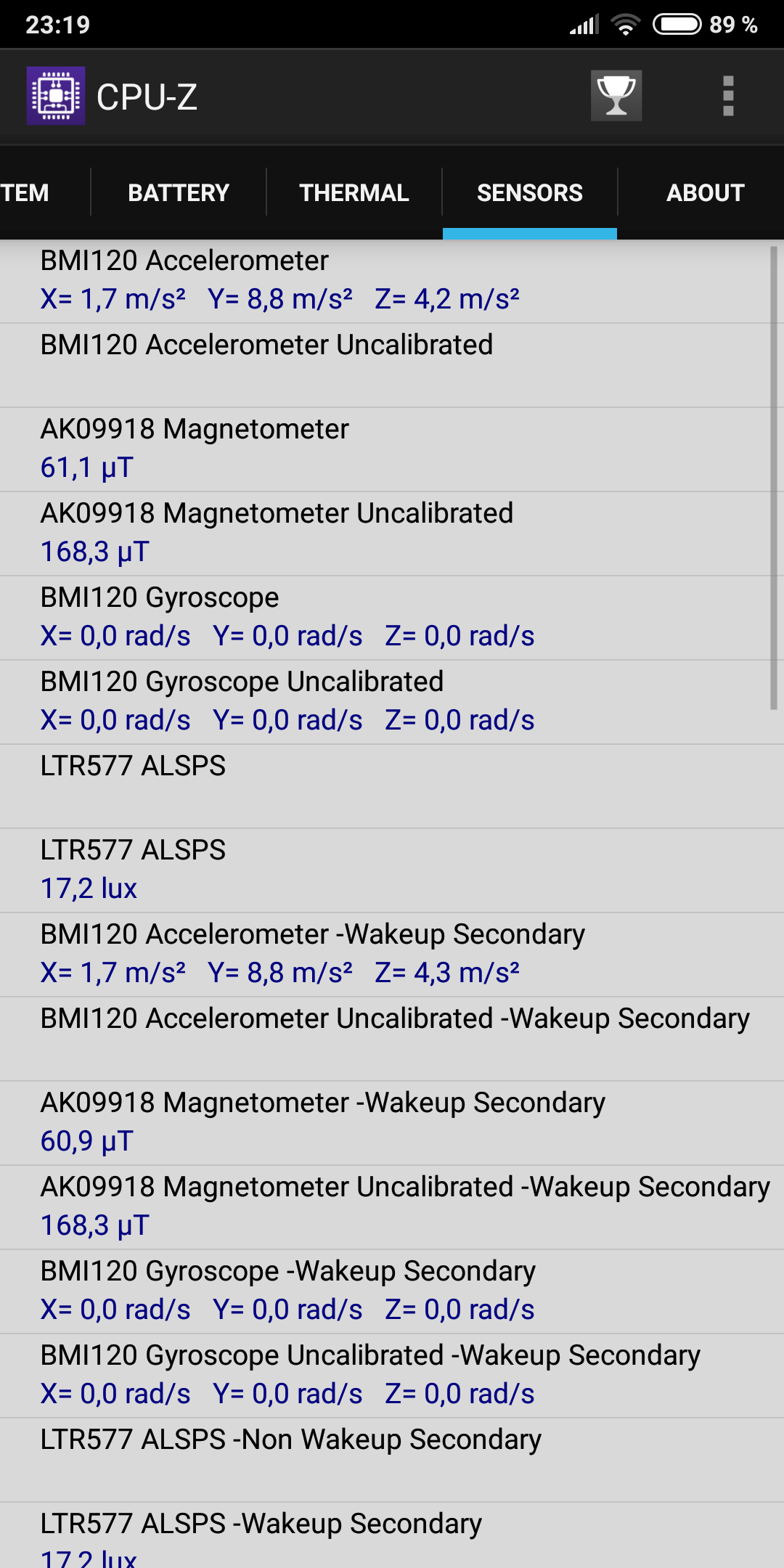 |  | 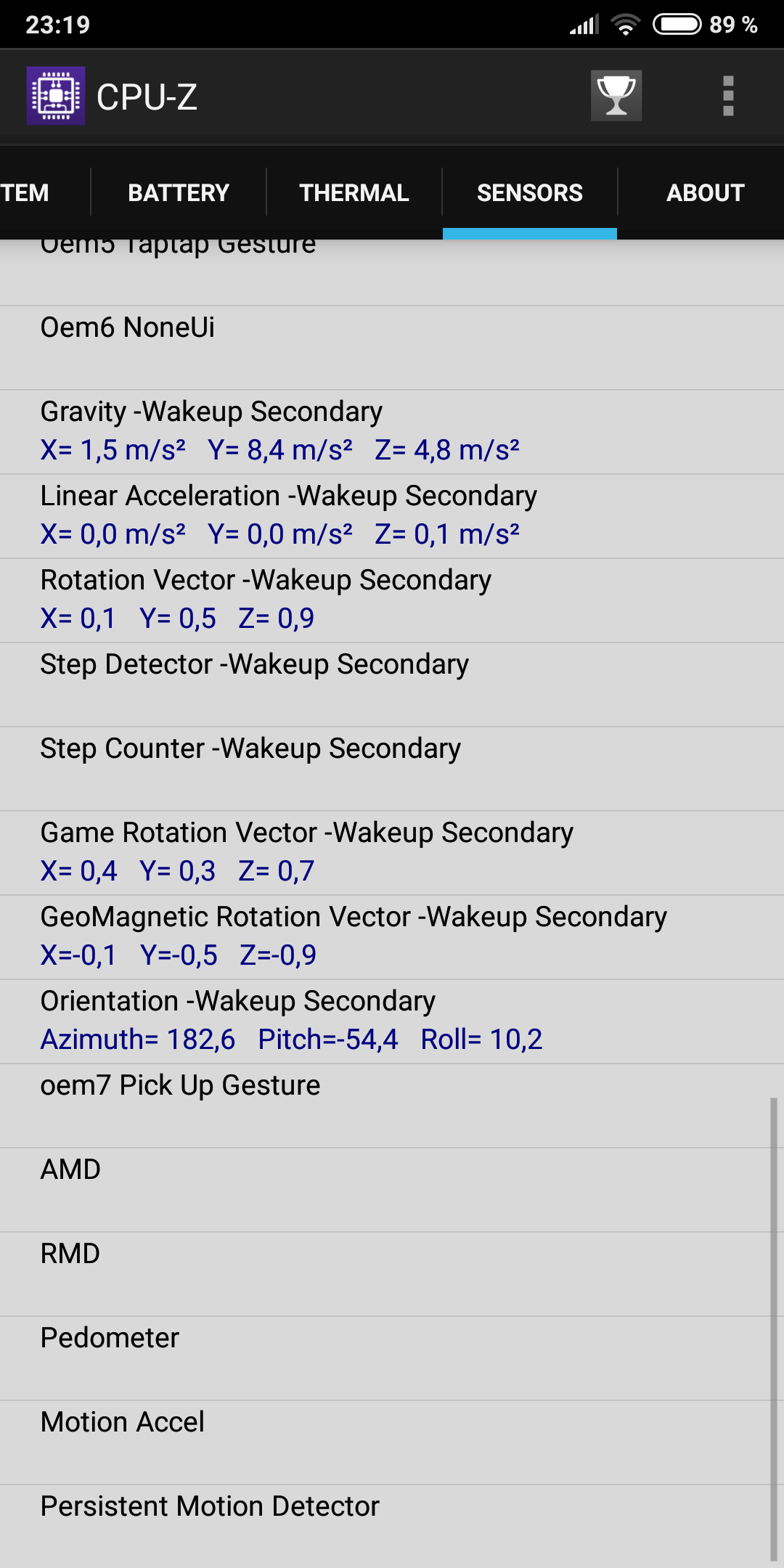 |
Fingerprint sensor works instantly. The accuracy of operation is high, as on top smartphones. The system allows you to create multiple prints of one finger, if necessary, to increase accuracy.

Positioning
Officially, three location systems are supported - GPS, GLONASS and BeiDou. But the smartphone still saw the satellites of the Japanese QZSS location system. No complaints about the work for the entire time of testing was not. Location has always been determined quickly and clearly.

Telephone and communications
Xiaomi Mi Max 3 supports dual nanoSIM cards. The global version supports all Russian GSM, WCDMA, LTE bands.
The radio module is one, but both cards can simultaneously work in 4G. VoLTE can work on both cards (if operators support it). I did the tests when the MIUI 9 system was installed on the smartphone.
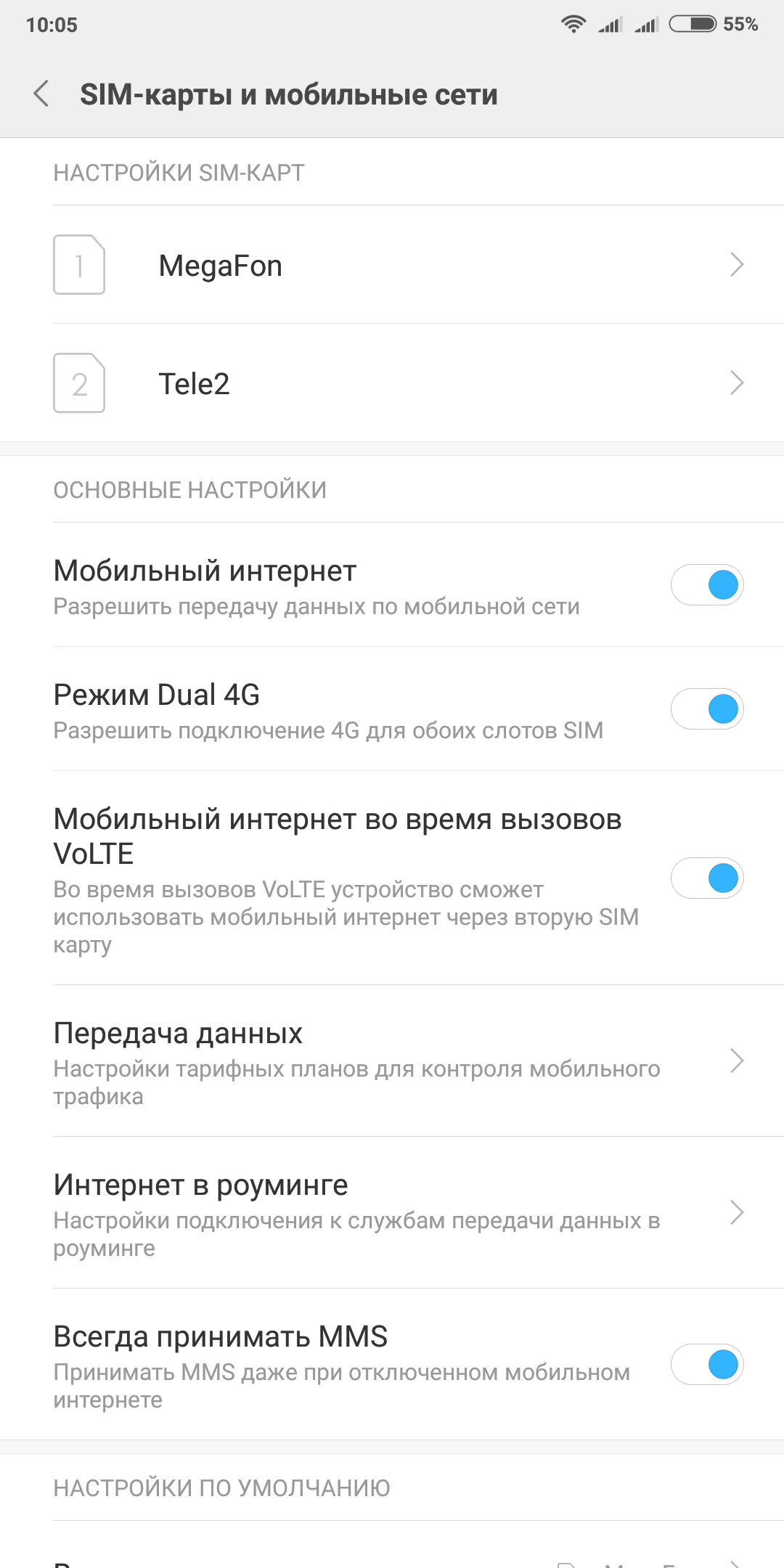 | 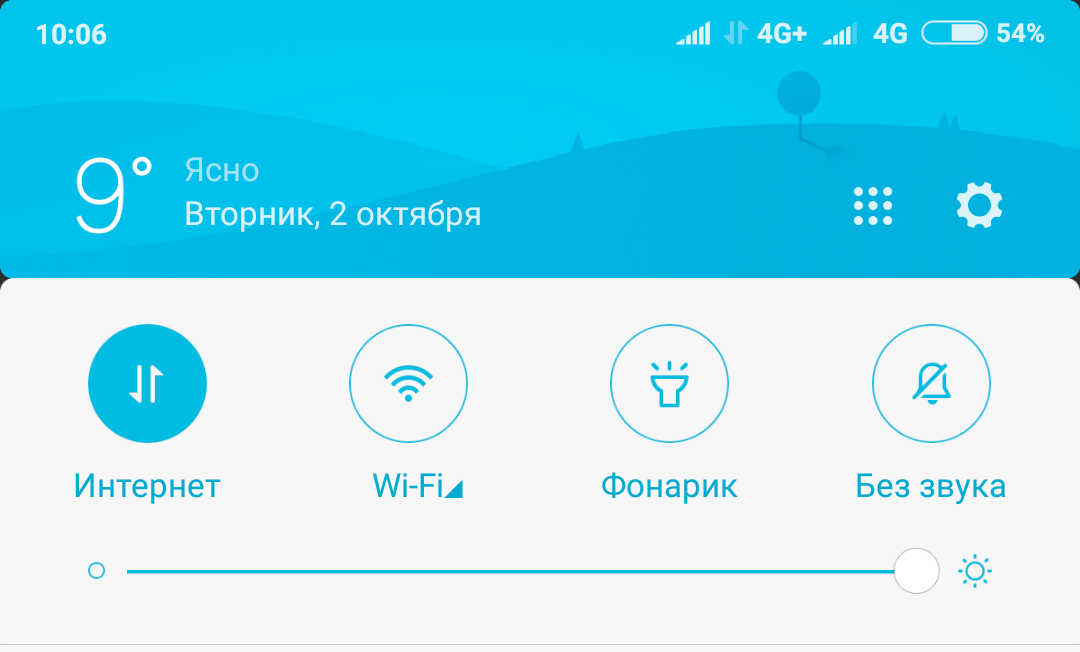 |
I tested the work of Megaphone and Tele2. In Moscow and the Moscow region, there were no problems with these operators. Data transmission 4G for both operators and voice communication 3G / 2G worked without complaints. In the courtyard, the speed of both operators was acceptable (Megafon in general is extremely high). YouTube, HD VideoBox, video chats, etc. worked without any complaints.
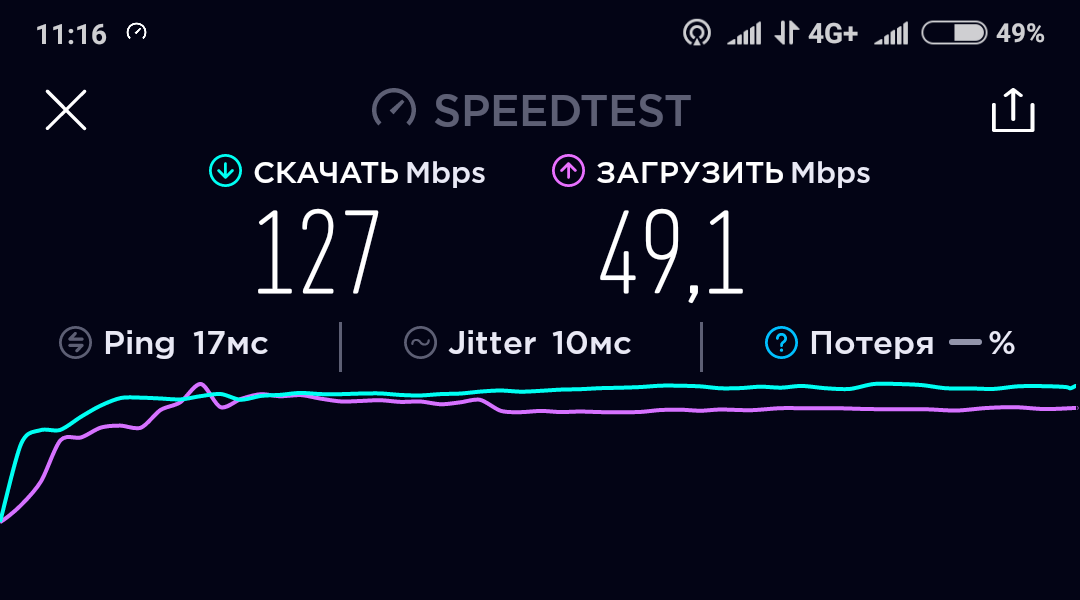 | 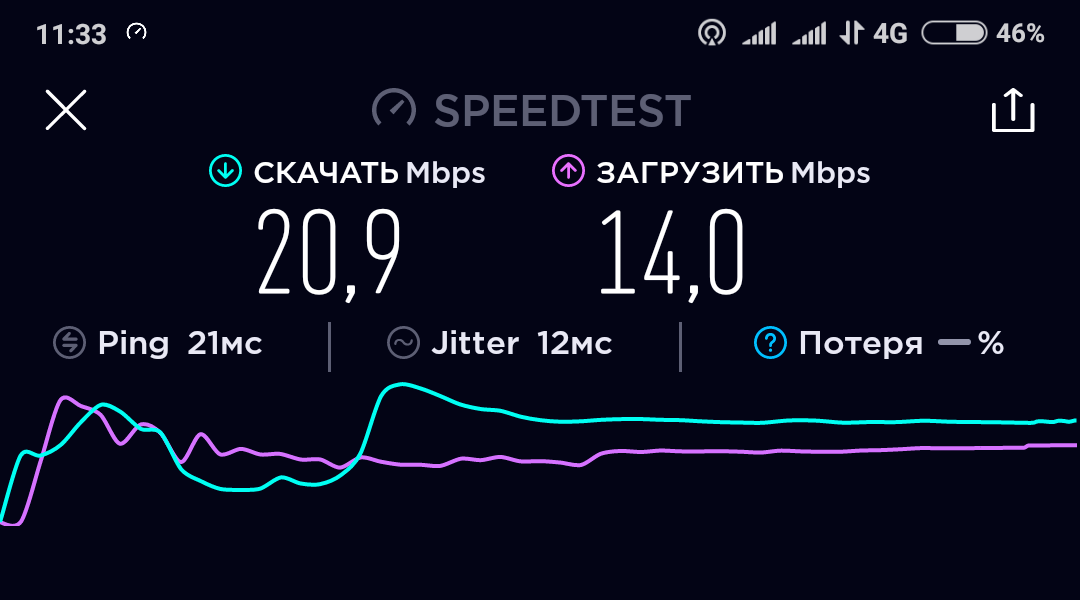 |
Voice quality without any complaints. There is a volume of voice speaker. The interlocutors heard me well, even in noisy places, I did them too. The volume of the speakerphone speaker is also good. The vibromotor is powerful. In the settings you can select the level of the vibration motor.
The Wi-Fi module supports 802.11a / b / g / n / ac, 2.4 GHz / 5 GHz, MIMO 2x2. As with many other Xiaomi smartphones, in the 2.4 GHz mode, only the channel width of 20 MHz is used. Because of this, the speed is significantly limited. At 3 meters from the base station (Xiaomi Mi Router 3G), through a single reinforced concrete wall, the smartphone demonstrated an almost maximum speed of 2.4 GHz with a channel width of 20 MHz. But in the 5 GHz network the speed was already high with full use of MIMO 2x2. This is a smartphone, so there is not much point in using iperf, simply Speedtest.
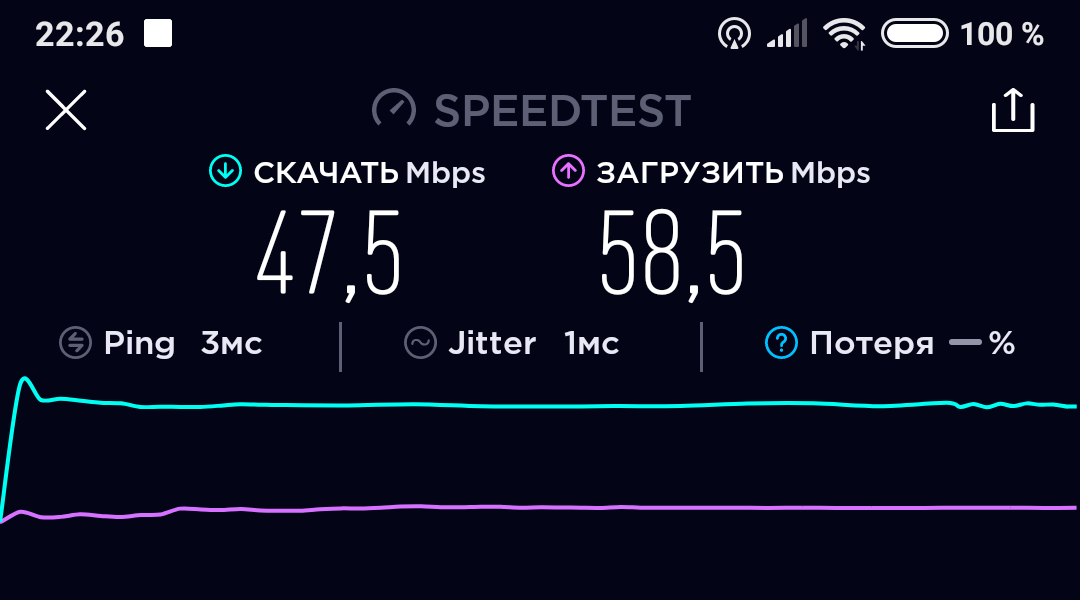 | 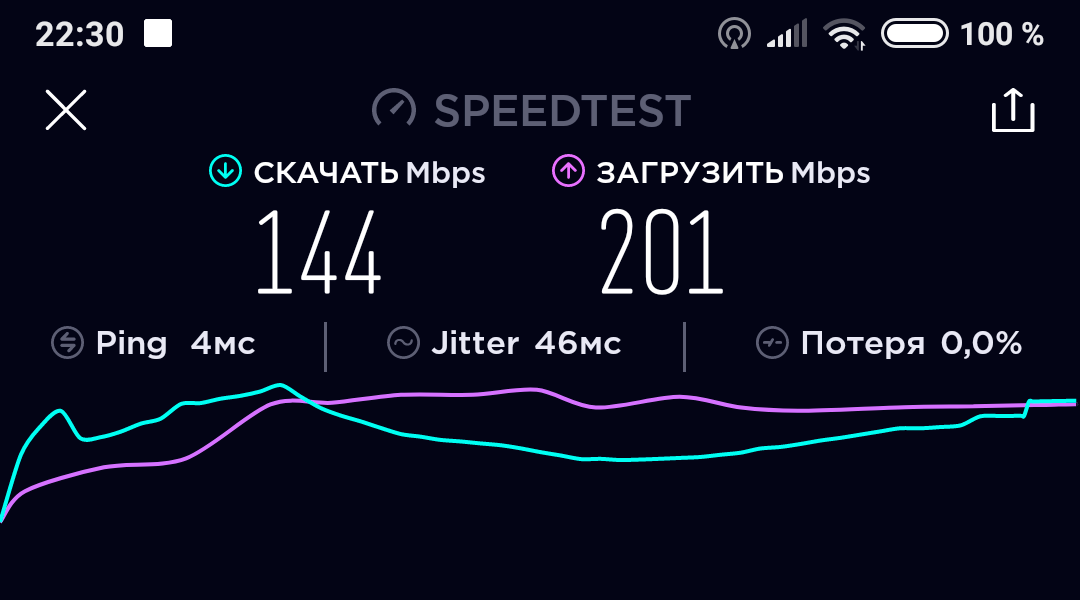 |
Sound
Sound in wired headphones without any complaints. I'm not a music lover, for me he is just ordinary. Headphone volume is low, so in noisy places (for example, in the subway) it may not be enough. The system has pre-configured headphone profiles and a sound equalizer.
 | 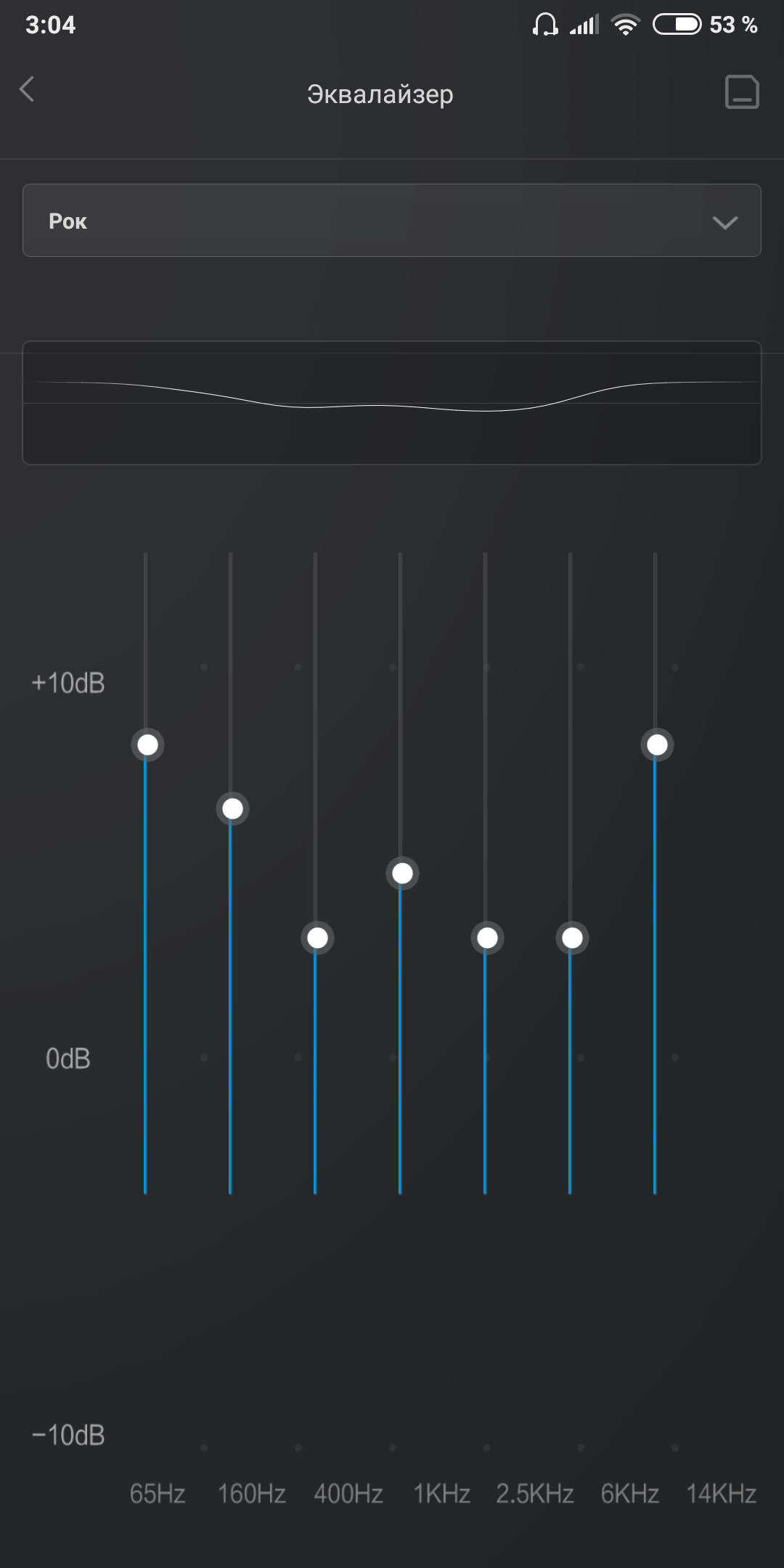 |
External speaker is excellent. With a large volume reserve, there is no barrel effect. At maximum volume, the speaker itself does not rattle. The conversational speaker at the top of the smartphone serves as a partner for stereo output. It is small, high frequencies prevail, not everyone can like it. If necessary, it can be disabled.

There is FM radio. Headphones act as an antenna.

MIUI 10 for Mi Max 3 introduces support for aptX and aptX HD. Now the codec used is displayed in the list of connected Bluetooth devices. And in the menu “For Developers” it is now displayed that the aptX codec is used (there was always SBC before) For example, here are Xiaomi headphones with aptX support:

Cameras
In my copy, the main modules from Nitrogen with Samsung S5K2I7 sensors (12 Mp, f / 1.9) and S5K5E8 (5 Mp, f / 2.0) are installed. The second module is intended only to create a blur effect. The front camera uses a module from Nitrogen with a Samsung S5K4H7 sensor (8 megapixel, f / 2.0).

The camera interface is standard for Xiaomi smartphones.

There is no Camera2 API support in the system.

In the regular program there is an excellent and full-fledged manual mode. You can adjust the ISO (there is an Auto mode), you can adjust the shutter speed (there is an Auto mode). You can control the focus, while supporting Focus peaking.
All images and videos from the review in the original quality, you can download the link .
All pictures were taken in Auto (AI) mode - automatic scene detection, etc. The HDR mode on Xiaomi smartphones is very neat, so it is recommended to always keep it in Auto.
Day
Snapshots during the day are excellent. The colors are natural. There are no blur zones. Dynamic range is good (for a smartphone). Exposure is sometimes slightly underestimated. Focusing is instant and always accurate. Detailing pictures is good, including long-range plans, but you can see the work of noise.










Artificial lighting
Cope with shooting under artificial light well. Focus does not make mistakes, small details are saved. To avoid blurring, you can use the manual mode with a suitable shutter speed.


Macro
C macro shoots well. Focusing is not wrong.

Night
Night shots are not very good. Until Google Camera falls short. But to use this program, you need to activate the Camera2 API.


Blurring the background (portrait mode)
Unfortunately, during the shooting of one of the friends at hand was not. And the passing girls said that I didn’t have an iPhone, and I’m too old for them. I had to do with the tree and the sign. The algorithm for determining the contours of the object works quite accurately on all current smartphones Xiaomi, but not without errors.


Front camera
By default, the front camera has an enhancement mode enabled that removes skin blemishes — acne, wrinkles, eye bags. If necessary, it can be disabled.

Video
Video recording can be carried out with the maximum modes 1080p30, 1080p60, 2160p30. For the front camera 1080p30. Supported software (electronic) stabilization. For mode 2160p30, you can choose the electronic stabilization, but it does not work. The frame rate is constant and does not fall in poor light. The video is encoded by the H.264 codec. Even for 2160p30, H.265 is not used, although SoC knows how. The bit rate for 1080p30 is 20 Mbps, for 1080p60 - 20 Mbps, for 2160p30 - 40 Mbps. The quality of shooting 2160p30 and day and night is great. The detail is high, the exposure changes smoothly. With sound, everything is fine, "gurgling" (which are not found on some Xiaomi smartphones) is not.
Video Stabilization (1080p30, 1080p60 and 2160p30)
Video of the day (1080p30, 1080p60 and 2160p30)
Video at night (2160p30)
In general, the implementation of the cameras is excellent.
Video playback
The capabilities of the regular video player Mi Video are very scarce, so I will not use it for tests. For verification, I used MX Player in HW + mode (MediaCodec). In MediaCodec, Xiaomi Mi Max 3 does not have support for the AC3 decoder, therefore, the ability to decode Dolby Digital soundtracks completely depends on the player used. MX Player supports AC3 software decoder. All key video decoders in MediaCodec are present. There is support for H.265 Main 10.
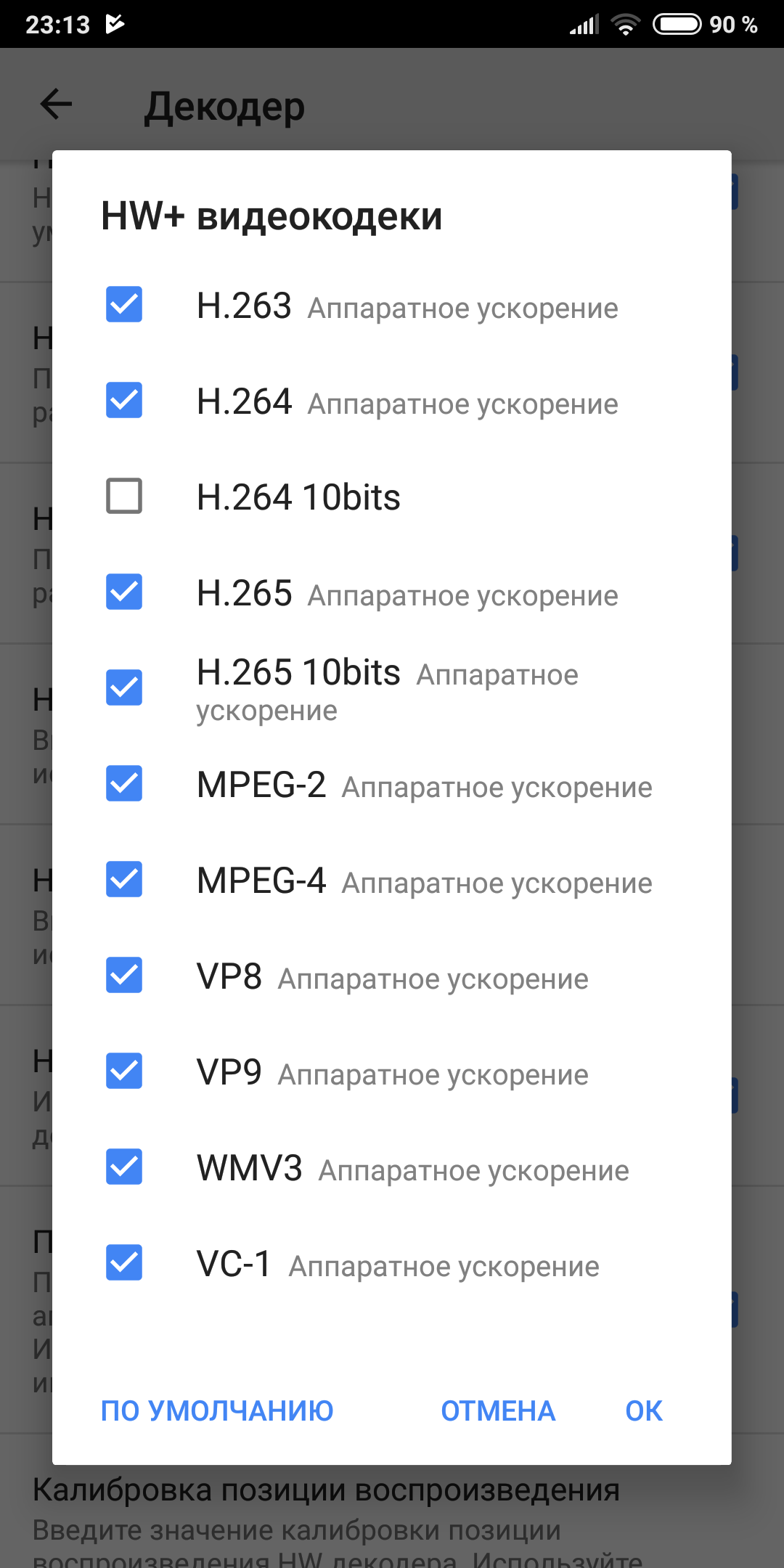 |  |
Affordable video from different sources HD VideoBox played without problems. But because of the large screen size, the low quality of the “punch” 720p becomes clearly visible, you should try to choose 1080p options.
 |  |  |
Video 1080p (BDRip, H.264 / H.265, AC3) with the NAS was played without problems. With 1080p60 and 1080p50 H.264 and HEVC, there were also no problems. No complaints about uniformity.
YouTube has support for 1080p60 and 1080p50, and there are no complaints about playback and evenness. The zoom function works (filling without changing proportions with clipping) specifically for new 18: 9 smartphones (and not only).
 | 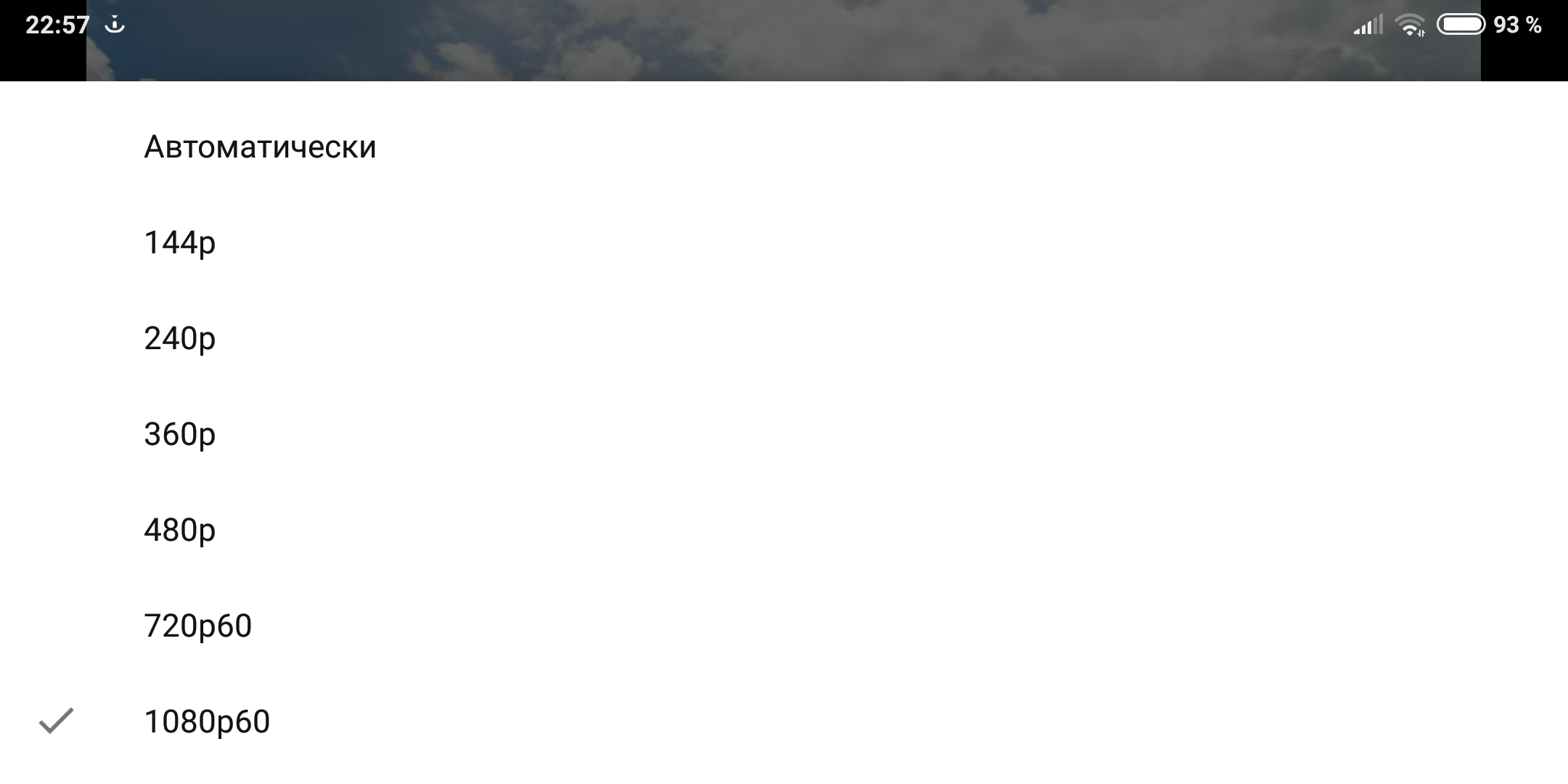 |
Internal storage, microSD, USB OTG
In the new system, the user has about 47 GB of internal memory.

The speed of internal memory, both linear and random access, is at a very high level.

I checked the work of the card Samsung EVO Plus 128 GB - was determined by the device without problems. The speed of her work was significantly lower than her real capabilities. This is a limitation of the SD controller in Snapdragon 636.

Support for microSD file systems and USB flash drives via OTG.
| USB flash drive (OTG) | microSD | |
| FAT32 | Read / Write | Read / Write |
| exFAT | Read / Write | Read / Write |
| NTFS | Not | Not |
The speed of copying files (one file of 3 GB in size) from a smartphone to a computer and from a computer to a smartphone when connected via USB (MTP protocol).
| Inner memory | |
| Copy from computer to smartphone | 30 MB / s |
| Copy from smartphone to computer | 30 MB / s |
Speed rests on only one bottleneck - USB 2.0 interface.
Performance
The smartphone has a fresh SoC Qualcomm Snapdragon 636, 4 Kryo 260 HP up to 1.8 GHz and 4 Kryo 260 LP up to 1.6 GHz, the Qualcomm Adreno 509 GPU.

The system and programs run quickly and smoothly.
With a maximum load of all CPU cores, the smartphone is able to work for about 3 minutes without throttling, ensuring maximum performance. Then the temperature of the nuclei reaches the threshold value and throttling begins. Performance drops by 15-20%. This lasts about 11 minutes. Then throttling increases, performance drops even more. In this case, the overall level of performance is still maintained at a high level. The back metal part of the smartphone at the same time heats up to 40 ° C at the very top.

For clarity, I will present data on the performance of Xiaomi Redmi Note 4X (Qualcomm Snapdragon 625, 3/32) and Xiaomi Mi A2 (Qualcomm Snapdragon 660, 4/64).
AnTuTu, Geekbench, Google Octane, Mozilla Kraken
| Xiaomi Mi Max 3 (Qualcomm Snapdragon 636) | Xiaomi Mi A2 (Qualcomm Snapdragon 660) | Xiaomi Redmi Note 4X (Qualcomm Snapdragon 625) | |
| AnTuTu v7 (General Index / 3D / CPU) | 119000/21000/55000 | 127000/30000/55000 | 78000/13000/39000 |
| Geeckbench 4 (Singe / Multi) | 1400/5000 | 1700/5000 | 900/3800 |
| Google Octane (Chrome) | 8300 | 10,100 | 4800 |
| Mozilla Kraken (ms, less is better) | 4600 | 3800 | 9000 |
3DMark, GFXBenchmark
| Xiaomi Mi Max 3 (Qualcomm Snapdragon 636) | Xiaomi Mi A2 (Qualcomm Snapdragon 660) | Xiaomi Redmi Note 4X (Qualcomm Snapdragon 625) | |
| 3DMark Sling Shot | 1500 | 1900 | 850 |
| GFXBenchmark T-Rex | 34 fps | 47 fps | 21 fps |
| GFXBenchmark T-Rex 1080p Offscreen | 35 fps | 50 fps | 23 fps |
| GFXBenchmark Manhattan 3.1 | 10 fps | 14 fps | 7 fps |
| GFXBenchmark Manhattan 3.1 1080p Offscreen | 10 fps | 15 fps | 7 fps |
Games
Used only visual assessment. If you can see that the game gives the limit of 30 fps, then the work of the game on the smartphone was considered ideal.
| Asphalt 9: Legends (maximum quality) | Perfect |
| Modern Combat 5: eSports FPS (Maximum Quality) | Perfect |
| GTA: San Andreas (maximum quality) | Perfect |
| World of Tanks: Blitz (maximum quality) | Good (40-60 k / s with occasional drawdowns up to 20 k / s) |
| Minecraft (maximum quality) | Perfect |
| PUBG MOBILE (balance) | Perfect |
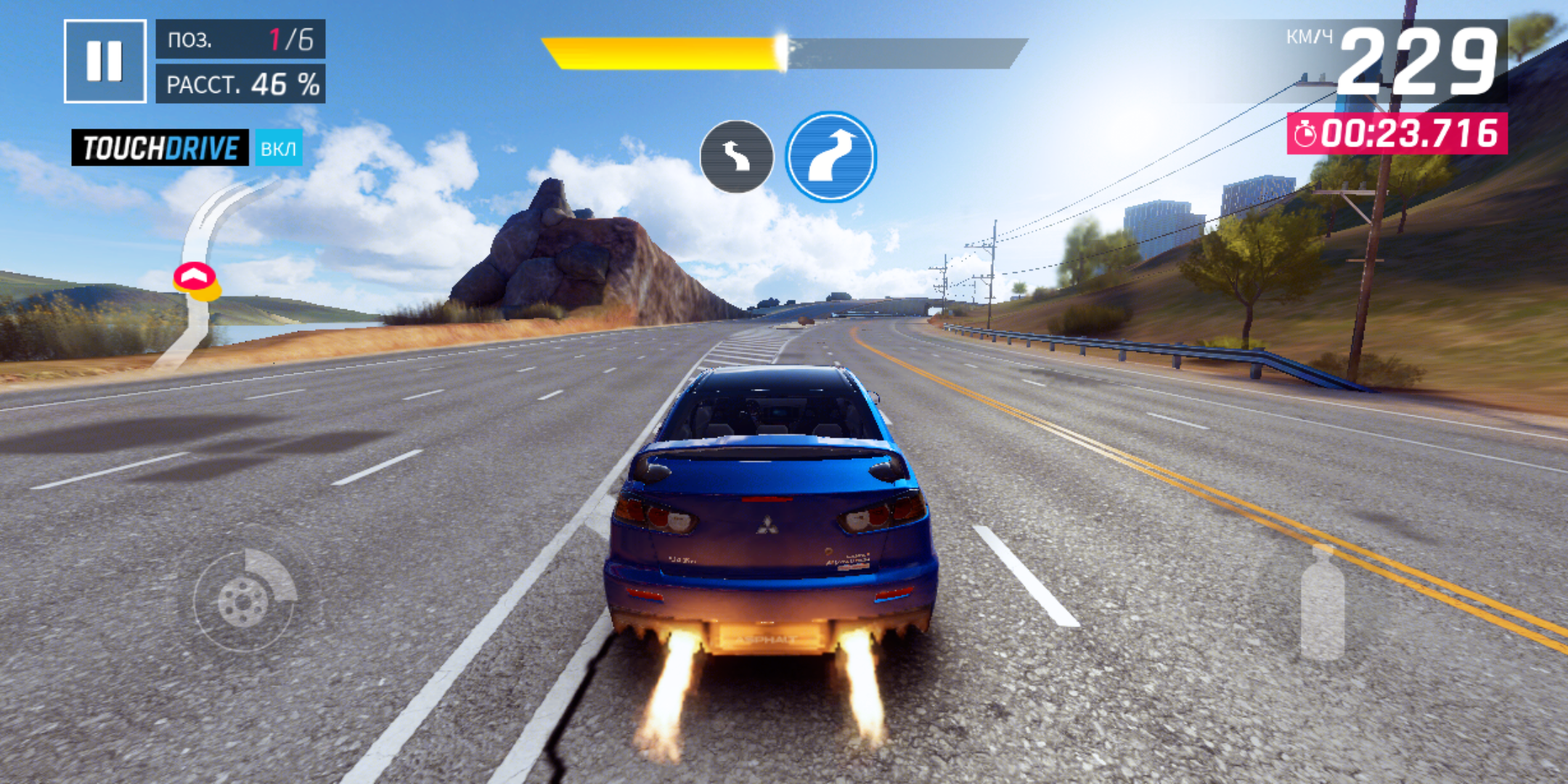 |  |  |
 |  |  |
Charging
The smartphone is equipped with a regular memory with Quick Charge 3.0, the maximum power of 18 watts.

The specifications of the smartphone support QC 3.0 stated. When QC is used, the corresponding icon is displayed.

Discharge the smartphone completely and connect the staff memory through the EBD-USB tester. The smartphone starts to consume up to 18 W - this is a limitation in the logic of the charge controller, the voltage is slightly more than 6 V. The current gradually decreases. This lasts about 1 hour and 30 minutes (stage CC). During this time, the smartphone battery is charging somewhere up to 85%. Then the charge controller goes into CV mode. After 45 minutes, the smartphone reports 100% (2 hours and 15 minutes), but in reality, charging continues. Full charge time is 2 hours 49 minutes.

During charging, the smartphone heats up slightly.
But that is not all. The smartphone supports USB Power Delivery. This support is not officially announced. You can use the power supply from your Power Delivery laptop for fast charging. Mi Max 3 uses a profile with a voltage of 9 V. The maximum power is limited to 18 watts.

Battery life
The smartphone uses a non-removable battery with a capacity of 5500 mAh.
We will evaluate the work time by the following methods:
- Web browsing . Display brightness 75%, Internet access via LTE. In Chrome, a script is launched that loads a random site from hundreds of popular ones in a separate frame every minute. The test works until the smartphone is completely turned off.
- Playing video . Brightness 75%, Internet access via Wi-Fi. The YouTube client selects a very long video (in the particular case of a Fireplace for 24 hours), which is played at 1080p until the smartphone is completely turned off.
- 3D games (synthetics) . We will use the GFXBenchmark test. Maximum brightness. We charge the battery up to 85% and run the test of the duration of work in 3D mode 3 times. Calculate the average result.
- 3D games . We will use PUBG (with the optimal graphics quality for a particular smartphone - balance). Maximum brightness. We charge the battery up to 85% and play one hour. Calculate the approximate time of work.
| Web browsing | Playing video | 3D games (synthetics) | 3D games | |
| Xiaomi Mi Max 3 | 16 hours | 16 hours | 10 hours | 6 o'clock |
| Xiaomi Mi A2 | 8 hours 30 minutes | 7 o'clock | 4 hours | 4 hours |
| Xiaomi Redmi Note 5 | 11 o'clock | 10 hours | 8 ocloc'k | 5 o'clock |
Xiaomi Mi Max 3 demonstrates just great battery life. Everyone has their own scenario of using a smartphone. I had one full charge of the smartphone for three full days.
Conclusion
Because of its large size, the Xiaomi Mi Max 3 smartphone will suit only a small number of people who clearly know that they need a smartphone with a large screen. But it is really good - a huge and high-quality display (with a small weight), high performance, long battery life, a modern system and a good camera. The disadvantages include the lack of NFC and a weak oleophobic coating of the screen.
The global version of the smartphone Xiaomi Mi Max 3 can be purchased at the Gearbest store for $ 269.99 (with a coupon GBRUMAX1019 ).
